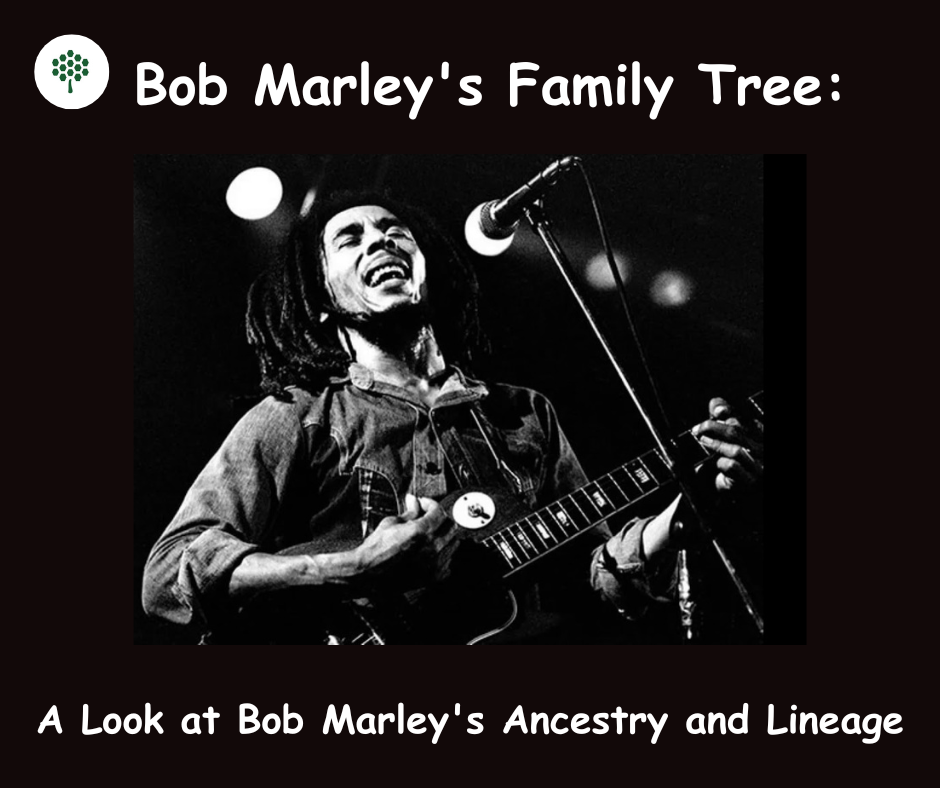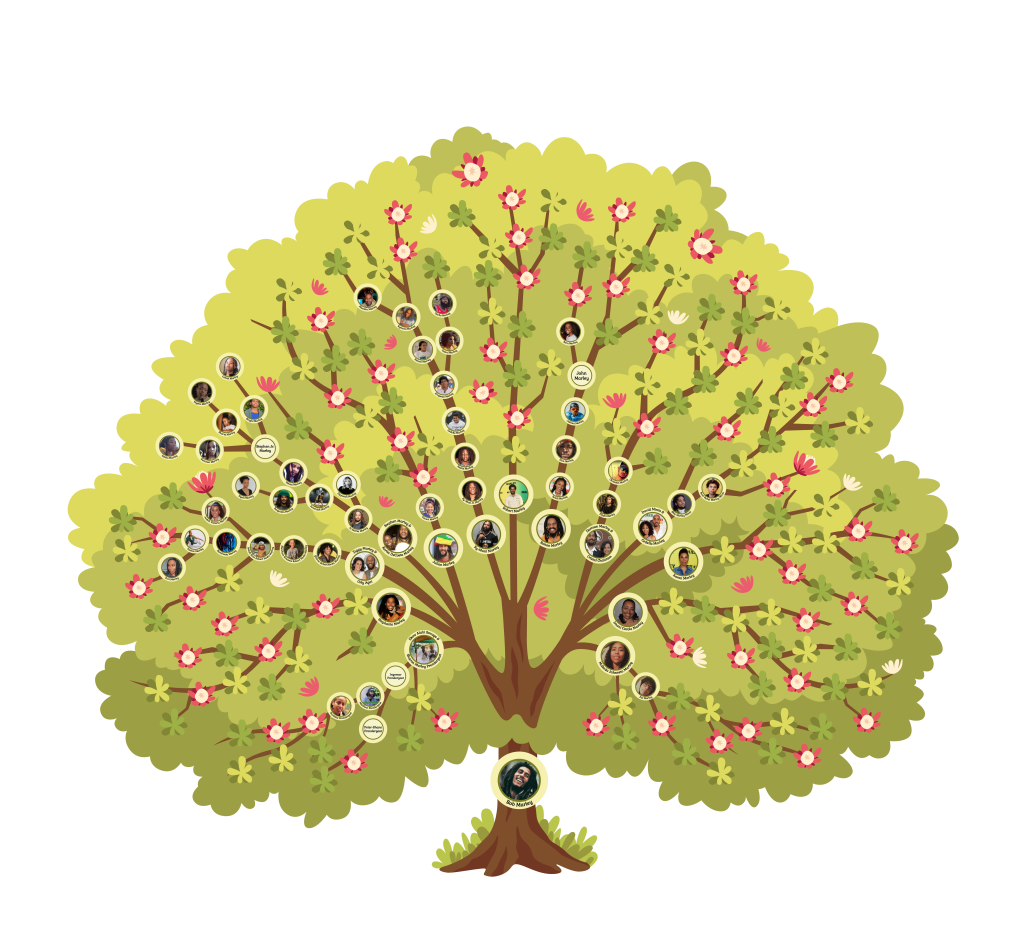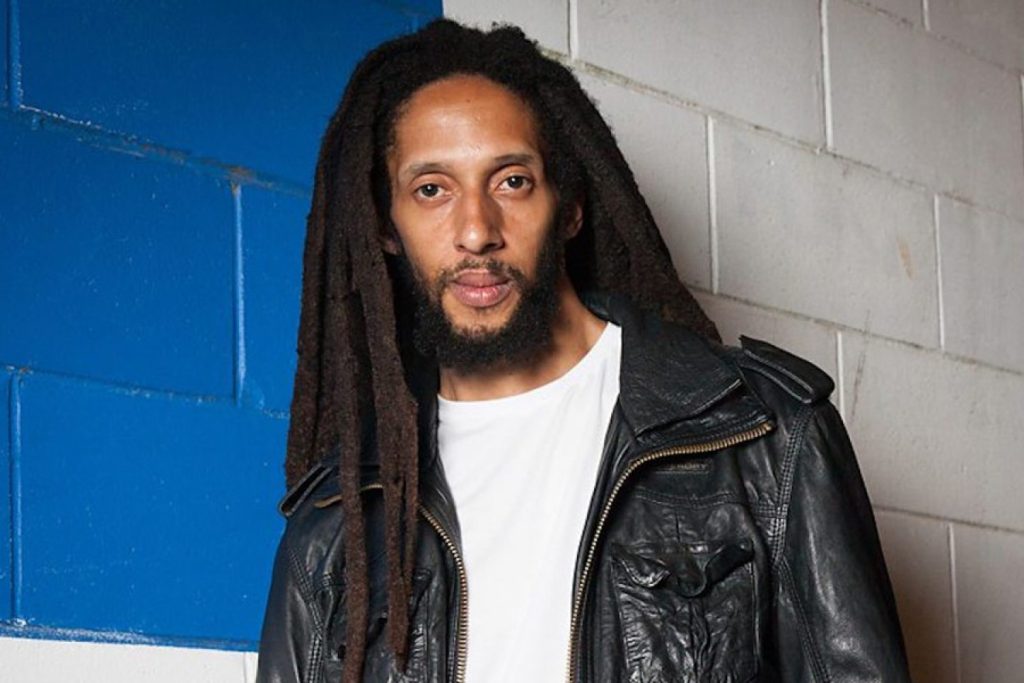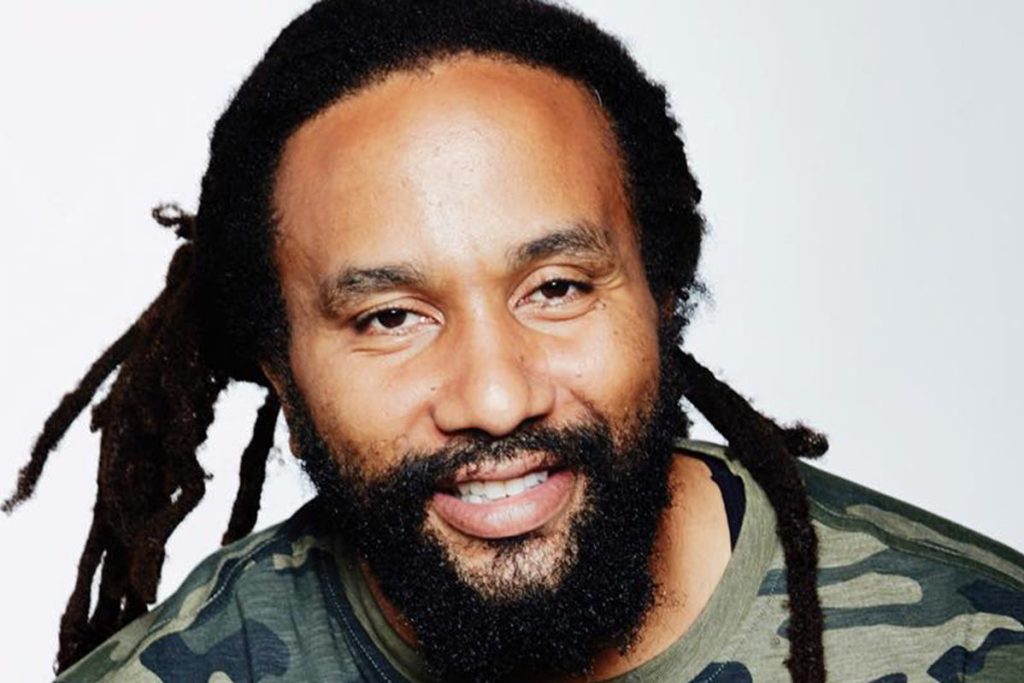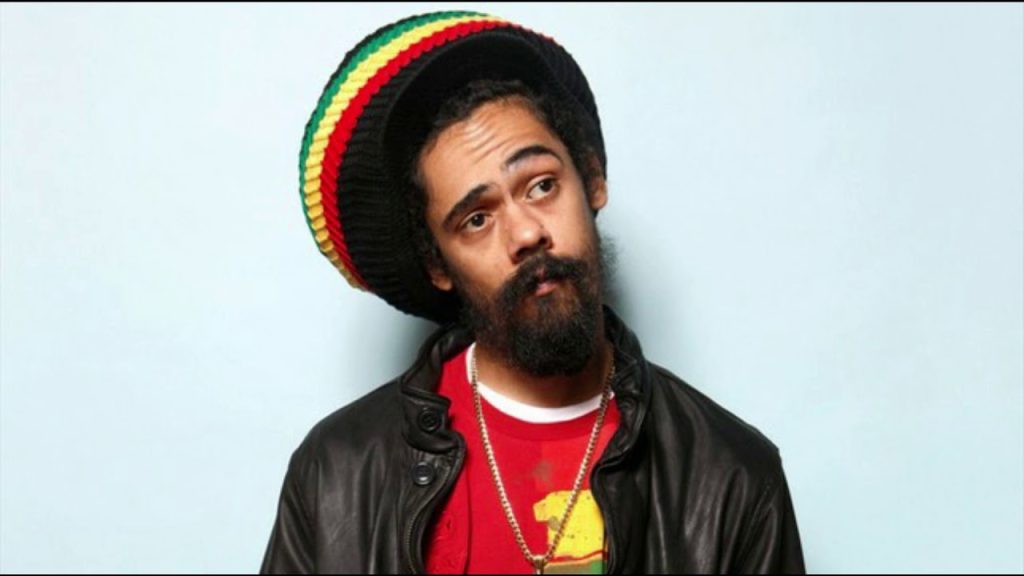The Star Wars saga isn’t just about lightsabers, space battles, and the eternal struggle between the dark and light sides of the Force—it’s also a story of family, legacy, and some seriously complicated relationships.
At the heart of it all is the Skywalker family tree, a lineage that shaped the fate of the galaxy for generations. It starts with Anakin Skywalker (the Chosen One turned Darth Vader), moves through Luke and Leia (the twins who carried on his legacy in very different ways), and eventually brings us to Rey (whose family ties are… well, let’s just say they sparked a lot of debate).
But the Star Wars family tree doesn’t stop there. We’ve got unexpected connections, secret lineages, and a certain Sith Lord (looking at you, Palpatine) who just couldn’t stay out of galactic affairs. If you’ve ever wondered how everyone in the galaxy seems to be somehow related, this guide is for you.
We’ll break down Rey’s Star Wars family tree, trace the origins of the Skywalker bloodline, and explore the twists, turns, and shocking revelations that make Star Wars one of the most iconic stories ever told.
Buckle up—because when it comes to family drama, Star Wars does it better than anyone.
The Origins of the Skywalker Line
The Skywalker family tree begins with one of the most mysterious characters in Star Wars lore—Shmi Skywalker, the woman who gave birth to Anakin Skywalker (aka Darth Vader). But here’s the big question that has puzzled fans for decades:
Who was Anakin Skywalker’s father?
The short answer? He didn’t have one.
Yes, you read that right. According to The Phantom Menace, Shmi Skywalker gave birth to Anakin without a father. When Qui-Gon Jinn asked her about Anakin’s origins, she simply said:
“There was no father. I carried him. I gave birth. I raised him. I can’t explain what happened.”
This immediately led to theories that Anakin was conceived through the Force—perhaps as part of an ancient Sith experiment (looking at you, Darth Plagueis), or even as the Force’s own counterbalance against the growing darkness.
Mother: Shmi Skywalker
Shmi Skywalker was a humble slave on Tatooine, owned by Watto, a junk dealer. Despite her hardships, she raised Anakin with kindness, fostering his natural talents and encouraging his dream of something bigger (which, ironically, turned out to be both a blessing and a curse).
- She was captured by Tusken Raiders, leading to one of Anakin’s most chilling turning points—his massacre of an entire village in Attack of the Clones.
- Her tragic death fueled Anakin’s anger, pushing him one step closer to the dark side.
Shmi’s role in the Skywalker family tree is brief, but without her, the galaxy’s most powerful (and infamous) bloodline wouldn’t exist.
Son: Anakin Skywalker (Darth Vader)
The Chosen One. The Sith’s greatest weapon. The Jedi’s greatest failure. Anakin Skywalker’s journey is the heart of Star Wars, from his humble beginnings as a podracer to his terrifying rise as Darth Vader.
- Discovered by Qui-Gon Jinn and trained as a Jedi, Anakin was believed to be the prophesied one who would bring balance to the Force.
- He fell in love with Padmé Amidala, despite Jedi rules against attachment (spoiler: this does not end well).
- Manipulated by Emperor Palpatine, he turned to the dark side and became Darth Vader.
- Despite years of terror as the Emperor’s enforcer, he ultimately redeemed himself by saving his son, Luke Skywalker, and destroying Darth Sidious.
Anakin’s choices shaped everything in the Star Wars universe—his descendants carried his legacy, his redemption reshaped the Force, and his bloodline continued to influence events long after his death.
The Star Wars Family Tree Chart
Trying to map out the Star Wars family tree can feel like solving a puzzle with missing pieces. With surprise parentage reveals, long-lost relatives, and Force-sensitive bloodlines, it’s easy to get lost. That’s where a family tree can help.
To visualize the Skywalker lineage (or any family history), tools like Treemily can make the process much clearer. If you want to create your own family tree—whether for real-world genealogy or just for fun—here’s how to do it.
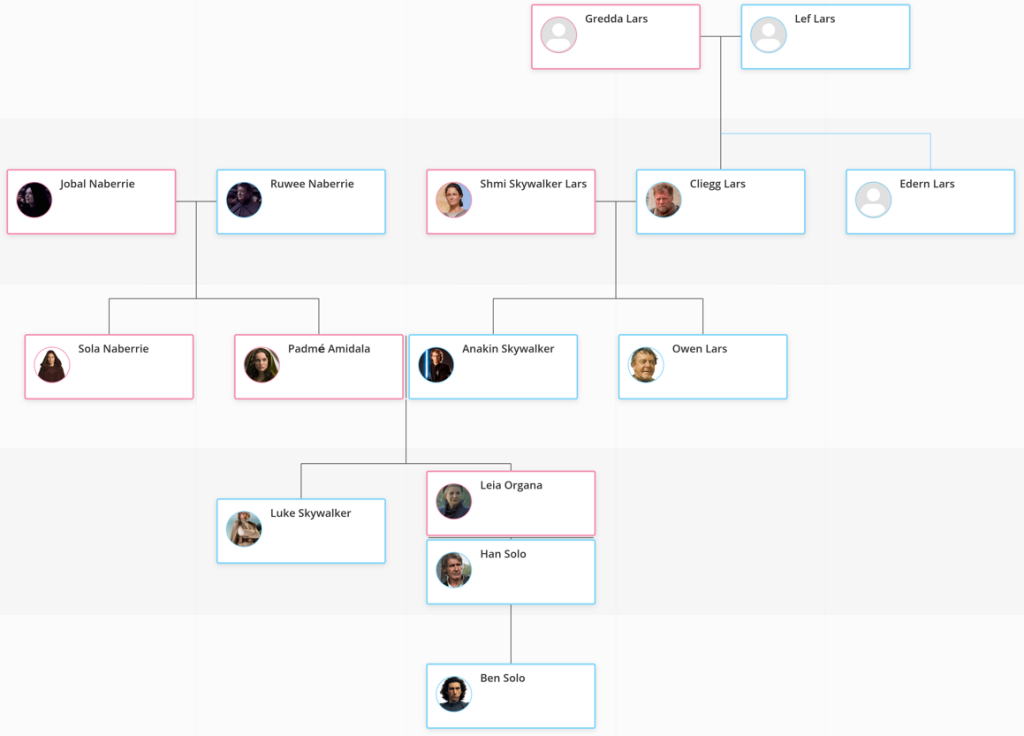
How to Build a Family Tree Like Star Wars
- Define Your Family Size
Are you focusing on just immediate family members (like Anakin, Luke, and Leia), or do you want to go deeper and include extended connections (like Rey’s controversial link to Palpatine)? A clear scope will keep things from getting too complicated.
- Decide on Who to Include in Your Family Tree Layout
Some family trees stick to direct descendants, while others include spouses, adopted relatives, and even close mentors. In the case of Star Wars, do we include Obi-Wan Kenobi as an honorary family member, or do we stick strictly to bloodlines?
- Older Records Require More Effort
Just like real-world genealogy, uncovering details about earlier generations can be difficult. For example, while we know Shmi Skywalker gave birth to Anakin, there’s no confirmed information on her own parents. The further back you go, the murkier things become.
- There Might Be Someone Talking About Your Ancestors
In genealogy research, historical records and word-of-mouth accounts can provide valuable information. In Star Wars, however, much of the history is controlled by the Jedi Order, the Sith, and the Galactic Empire—which means a lot of details have been lost, altered, or outright erased.
- Question All Sources
Just because something is widely believed doesn’t mean it’s accurate. Star Wars has plenty of unreliable narrators—from Emperor Palpatine’s hidden truths to Luke Skywalker’s reluctance to tell Rey the full story. Whether researching a real family tree or the Skywalker lineage, always cross-check information.
- Use Treemily to Create Your Family Tree
Once you have the details, a tool like Treemily can help you visualize connections. Whether you’re building the Skywalker family tree or your own, a structured layout makes it easier to follow generations, relationships, and key events.
Anakin’s Spouse and Children
For all of Anakin Skywalker’s struggles—his rise as a Jedi, his fall to the dark side, and his eventual redemption—his greatest legacy was the family he left behind. Though he never lived to see them grow into their roles, his children, Luke Skywalker and Leia Organa, would shape the fate of the galaxy.
Spouse: Padmé Amidala
Anakin’s love for Padmé Amidala, the Queen-turned-Senator of Naboo, was as tragic as it was powerful. Their relationship was built on secrecy, devotion, and ultimately, heartbreak.
- The two met when Anakin was just a child and Padmé was Queen of Naboo.
- Their romance deepened during Attack of the Clones, leading to their secret marriage.
- Despite being deeply in love, their relationship was riddled with conflict—Padmé feared Anakin’s growing darkness, while Anakin was obsessed with preventing her death.
The heartbreaking twist? Anakin’s turn to the dark side was driven by his desperate attempt to save her life, after having prophetic visions of her dying in childbirth. Ironically, his obsession with control became the very thing that sealed his fate—and hers.
Padmé gave birth to twins, Luke and Leia, before dying shortly after, with her final words being:
“There is still good in him.”
While Anakin didn’t believe her at the time, her words would later prove true.
Luke Skywalker (Son)
The New Hope of the galaxy, Luke Skywalker, was the child who would redeem his father and bring balance to the Force—just not in the way the Jedi expected.
- Raised by Owen and Beru Lars on Tatooine, Luke had no knowledge of his true parentage.
- His journey as a Jedi began under Obi-Wan Kenobi’s guidance before fully committing to the Force with Master Yoda’s training.
- The pivotal moment came in The Empire Strikes Back, when Darth Vader revealed that he was Luke’s father—one of the most shocking twists in cinematic history.
- Unlike Anakin, Luke resisted the pull of the dark side, ultimately helping to defeat Emperor Palpatine and restore balance to the Force.
Luke would go on to train new Jedi, including Ben Solo (Kylo Ren) and Rey, though his failures as a teacher would lead him down a path of isolation.
Leia Organa (Daughter)
While Luke carried on the Jedi legacy, his twin sister, Leia Organa, became one of the most influential leaders in the galaxy.
- Adopted by Senator Bail Organa and Queen Breha of Alderaan, she was raised as Princess Leia and became a fierce leader of the Rebellion against the Empire.
- Though she was Force-sensitive, Leia chose politics and leadership over Jedi training—until later in life, when she briefly trained under Luke.
- She had a son, Ben Solo (later Kylo Ren), with Han Solo, though their relationship suffered due to Ben’s fall to the dark side.
Leia’s role in the Skywalker family tree was pivotal—she carried Anakin’s bloodline while shaping the galaxy through leadership rather than the Force.
Leia and Han Solo: The Solo Lineage
While Luke remained a Jedi and hermit, Leia built a life with Han Solo, the legendary smuggler-turned-hero. Together, they had a son who would carry both the Skywalker bloodline and the pain of its legacy.

Ben Solo (Kylo Ren): The Last Skywalker
Ben Solo, later known as Kylo Ren, was the final known biological descendant of Anakin Skywalker—a tragic figure torn between light and dark.
- He trained under Luke Skywalker as a Jedi, but his connection to Darth Vader’s legacy haunted him.
- Manipulated by Supreme Leader Snoke (a puppet of Palpatine), he turned to the dark side and led the Knights of Ren.
- Despite his rage and thirst for power, his connection to Rey and his lingering bond with his mother kept pulling him toward the light.
- Ultimately, he redeemed himself, helping Rey defeat Emperor Palpatine before sacrificing himself to save her.
Ben Solo’s death marked the end of the Skywalker bloodline, at least by name. But was that truly the end of the Skywalker legacy?
As we now know, Rey’s story changes everything. Let’s explore how she fits into this complicated family tree.
Rey’s Lineage: The Connection to the Skywalkers
For years, fans speculated about Rey’s origins. Was she a Skywalker? A Kenobi? A Solo? When The Force Awakens introduced her as a powerful, Force-sensitive scavenger with no clear past, theories ran wild. Then came The Last Jedi, which seemingly shut them all down—Kylo Ren told her:
“You have no place in this story. You’re nothing.”
But The Rise of Skywalker flipped that reveal on its head, confirming that Rey was not just anyone—she was a Palpatine. Her father, Dathan, was actually a genetic clone of Emperor Palpatine, making Rey his biological granddaughter.
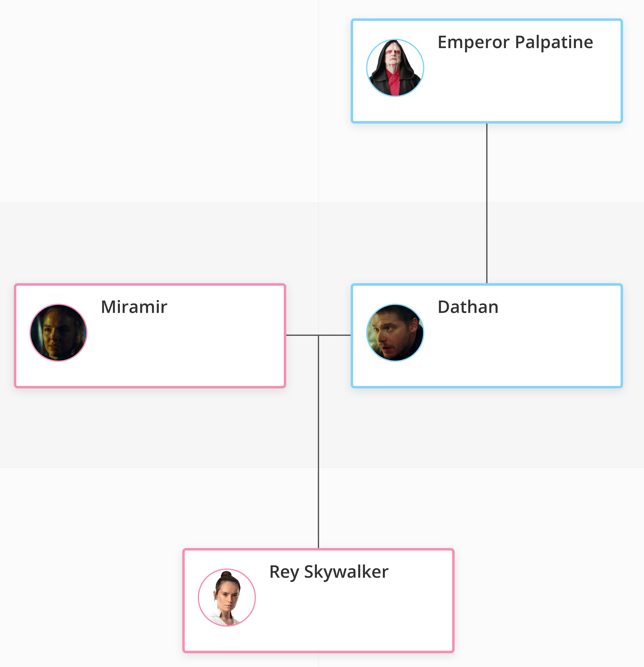
Father: Dathan
Dathan was a failed clone of Emperor Palpatine, created on Exegol as part of Palpatine’s contingency plan to ensure his own survival. Unlike his “father,” Dathan had no Force sensitivity, making him an unwanted experiment.
- Instead of serving Palpatine, Dathan escaped Exegol and tried to live a normal life.
- He fell in love with Miramir, and together they had a daughter—Rey.
- Fearing that Palpatine would come for their child, Dathan and Miramir hid Rey on Jakku, leaving her in the hands of Unkar Plutt (a questionable choice, given his cruelty).
Tragically, Dathan and Miramir were eventually hunted down and killed by the Sith loyalists, leaving Rey orphaned and unaware of her true heritage.
Mother: Miramir
Miramir was an ordinary woman who lived in fear of Palpatine’s reach. Very little is known about her past, except that she and Dathan were desperate to keep Rey safe, leading them to abandon her on Jakku.
Despite her limited role, Miramir’s sacrifice ensured Rey’s survival, allowing her to one day discover her true potential.
Rey’s Grandfather: Emperor Palpatine
If Star Wars has taught us anything, it’s that surprises run deep—especially when it comes to family. And no twist shocked audiences more than the reveal of Rey’s true lineage in The Rise of Skywalker.
That’s right—Rey wasn’t just another Force-sensitive orphan destined for greatness. She was the granddaughter of Emperor Palpatine, the most sinister Sith Lord the galaxy had ever known. This revelation sent Star Wars fans into a frenzy. Some saw it as a clever way to link Rey directly to the Skywalker saga, while others felt it contradicted the idea that anyone—not just those from powerful bloodlines—could become a hero.
Palpatine, in true Sith fashion, wasn’t content with death. Using dark Sith alchemy, cloning technology, and sheer willpower, he found a way to survive beyond Return of the Jedi, scheming from the shadows to ensure his legacy endured. His attempts to create the perfect successor led him to engineer multiple genetic clones—one of whom was Dathan, Rey’s father. But Dathan, unlike his creator, lacked Force sensitivity, making him a failure in Palpatine’s eyes.
Rey, however, was a different story. She inherited immense Force power, making her the ideal vessel for Palpatine’s plan to transfer his essence into a new, stronger body. But instead of embracing her Sith heritage, Rey rejected the darkness and carved out her own destiny.
By the film’s end, Rey made a symbolic choice—she claimed the Skywalker name, honoring Luke and Leia as the family who truly shaped her. This decision sparked a debate among fans: Is Rey really a Skywalker, or does the name represent something deeper—a chosen family rather than a bloodline?
Regardless of where you stand, one thing is clear: Rey’s connection to the Skywalker legacy is undeniable. Though she descends from the darkest Sith in history, she chose to carry on the light—proving that, in Star Wars, family is about more than just genetics.
With Rey’s story now intertwined with the Skywalker lineage, let’s take a final look at the lasting impact of this legendary family.
Conclusion
The Star Wars family tree is filled with twists, betrayals, redemptions, and surprises. From Anakin Skywalker’s mysterious birth to Rey’s shocking Palpatine lineage, the saga has kept fans on their toes for decades. The Skywalkers’ influence on the galaxy—both for good and evil—proves that legacy is about more than just blood; it’s about the choices we make.
While the Skywalker bloodline technically ended with Ben Solo, Rey ensured its name would live on. By choosing to embrace the Skywalker identity, she honored the family that guided her and rejected the darkness of her origins.
If you’re fascinated by family trees—whether fictional or real—you can build your own using Treemily. Their tools make it easy to visualize family connections, just as we’ve done with the Star Wars family tree.
Frequently Asked Questions
Did Anakin Skywalker have a father?
No, Anakin Skywalker had no biological father. His mother, Shmi Skywalker, stated that he was conceived without one. This has led to speculation that Anakin was created through the Force, possibly as part of Darth Plagueis and Palpatine’s Sith experiments.
What is the Force Dyad between Rey and Ben Solo?
A Force Dyad is a rare and powerful connection between two individuals in the Force. Rey and Ben Solo (Kylo Ren) formed a Dyad, meaning they could communicate across great distances, share abilities, and even transfer life energy. This connection played a key role in The Rise of Skywalker, allowing Rey to defeat Emperor Palpatine with Ben’s help.
Did Luke Skywalker ever have children?
No, Luke Skywalker never had children in the official Star Wars canon. However, in Legends (the non-canon expanded universe), Luke had a son named Ben Skywalker with Mara Jade. In canon, Luke remained dedicated to the Jedi path and never started a family.
What is the significance of the Force in Star Wars?
The Force is the energy that binds the Star Wars universe together. It allows Jedi, Sith, and other Force-sensitive beings to perform incredible feats—telekinesis, mind tricks, enhanced reflexes, and even visions of the future. The balance between light and dark has driven the main conflicts of the Skywalker Saga.
How did Anakin Skywalker become Darth Vader?
Anakin Skywalker became Darth Vader after being manipulated by Emperor Palpatine. Fearful of losing Padmé Amidala, Anakin turned to the dark side, believing Palpatine’s promises of power and immortality. After helping destroy the Jedi Order, he dueled Obi-Wan Kenobi on Mustafar, suffering devastating injuries that led to him needing his iconic black suit and breathing apparatus.
READ ALSO:

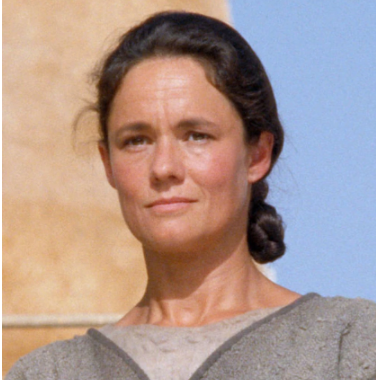

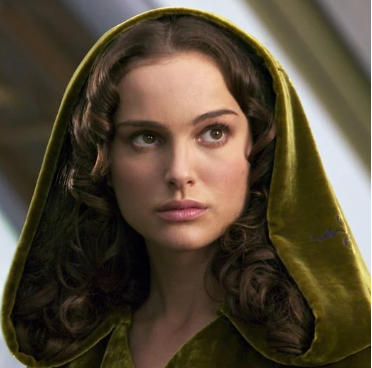


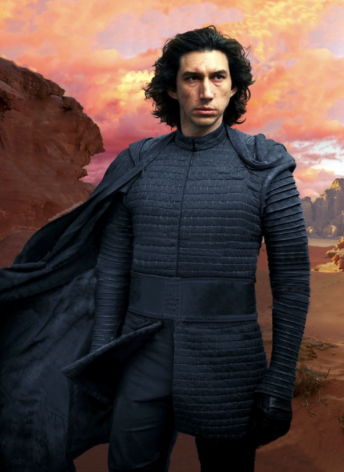



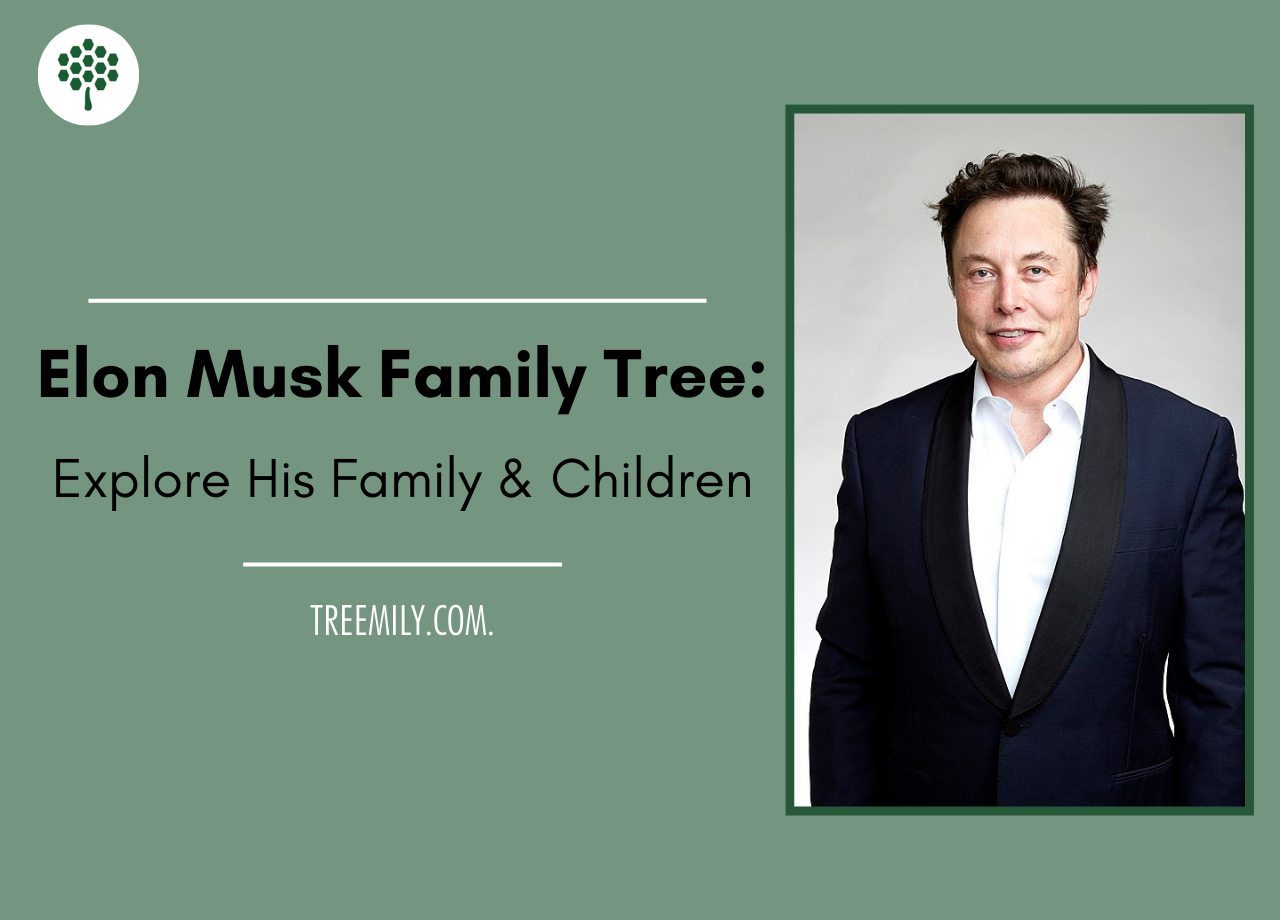
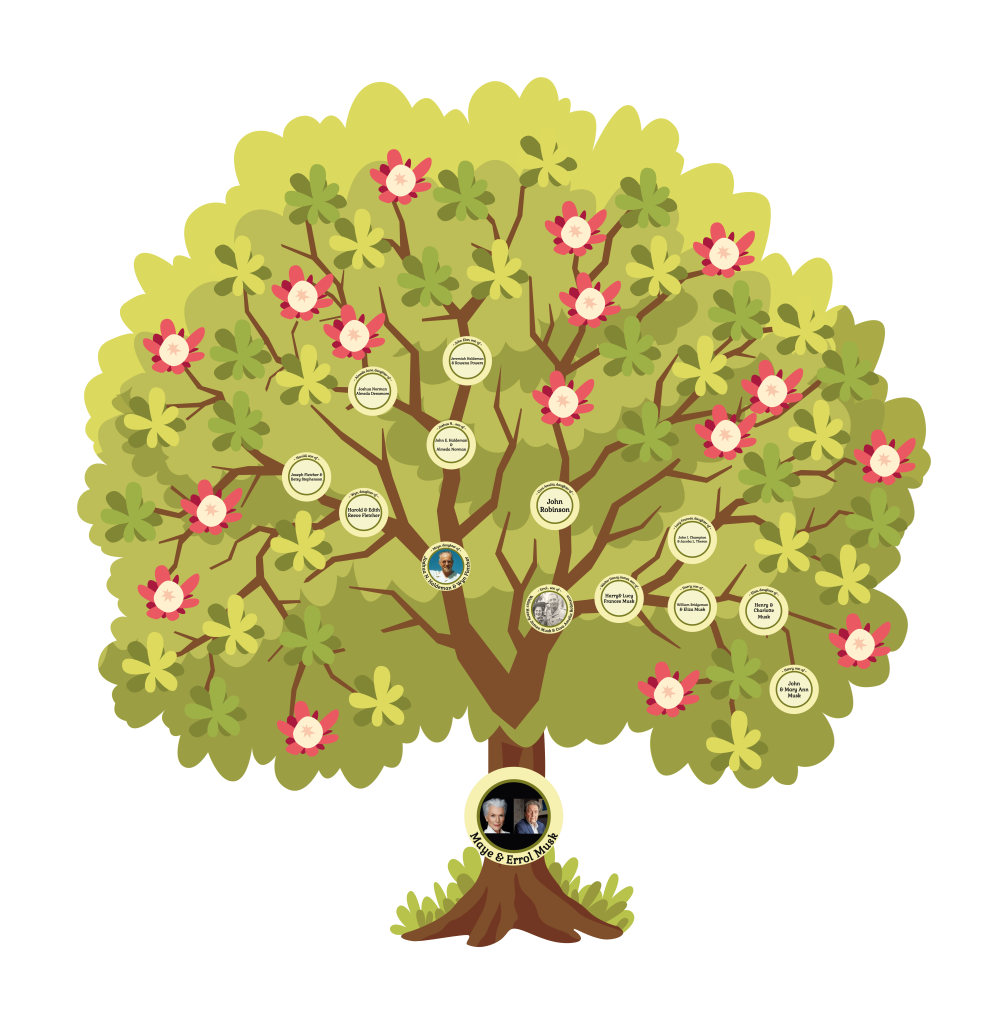
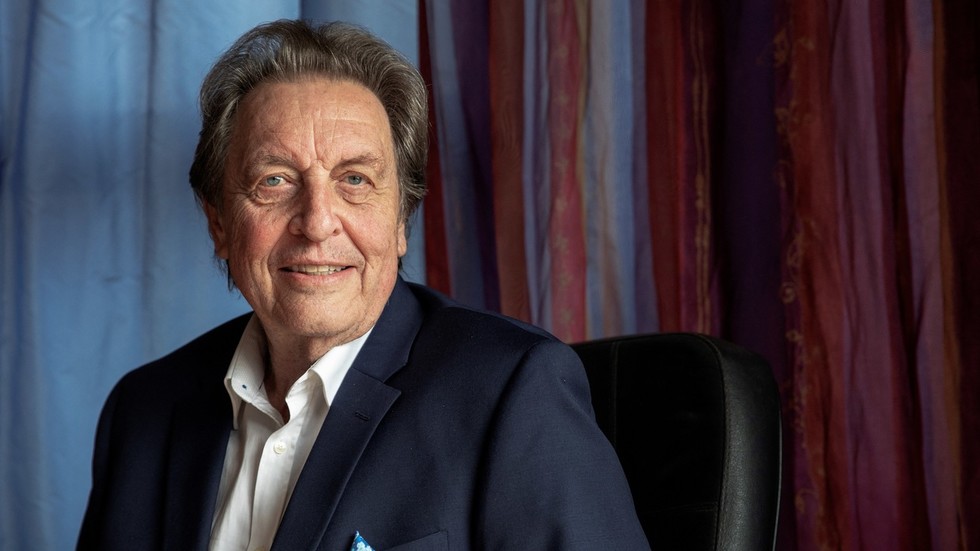


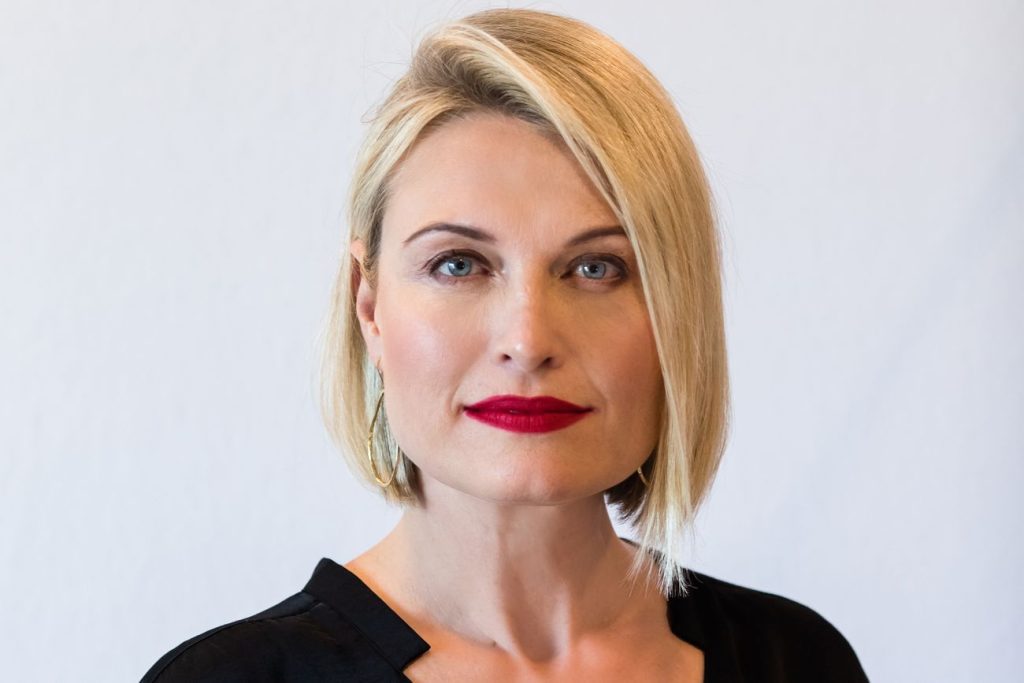
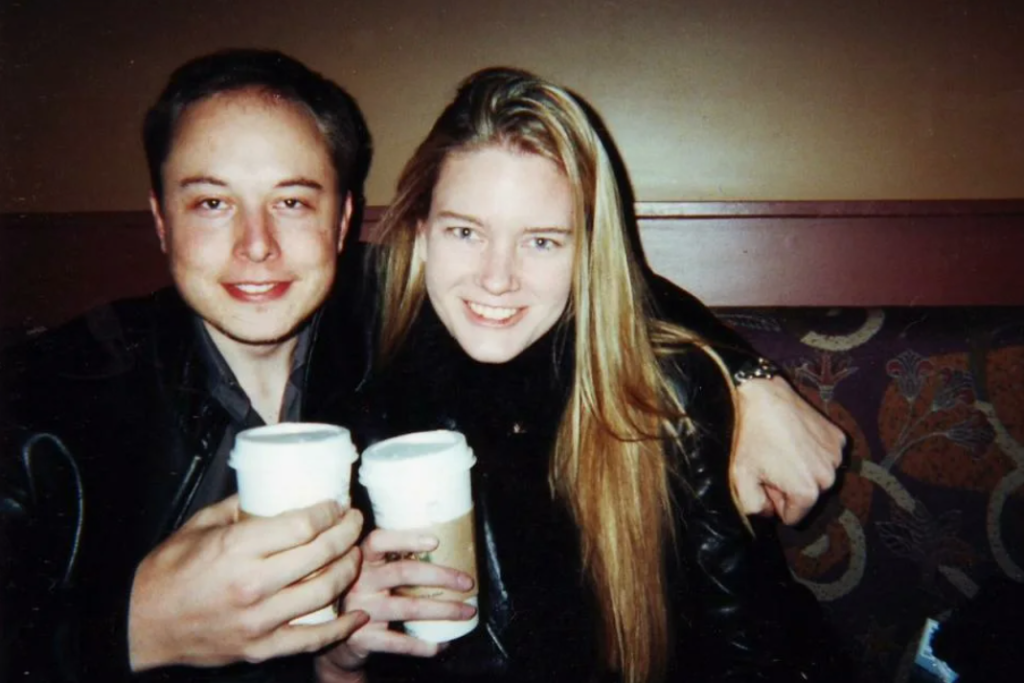
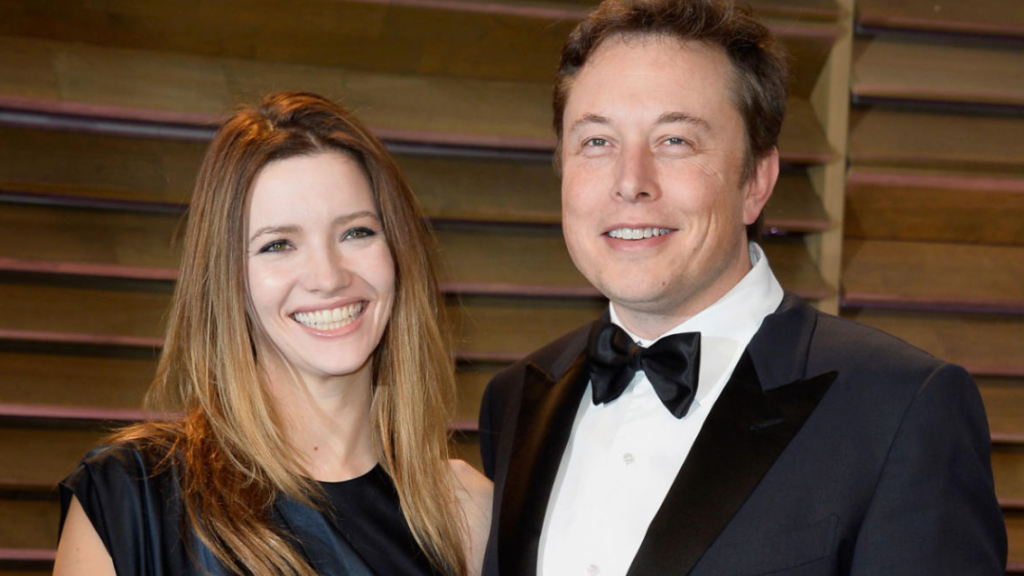


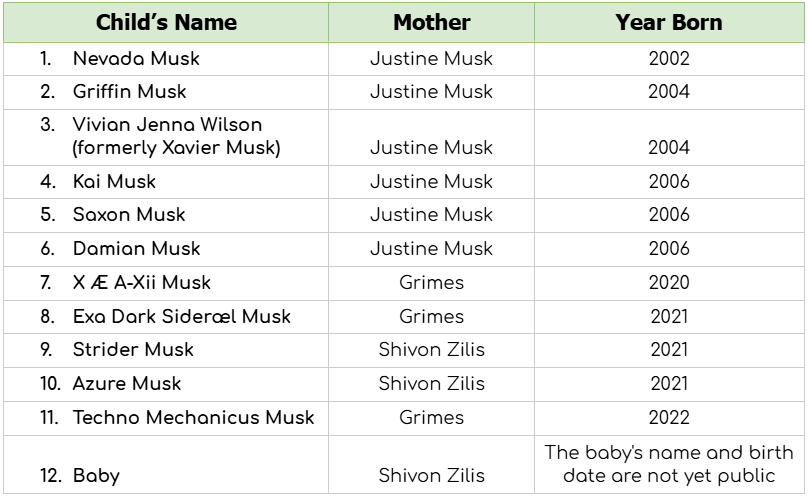
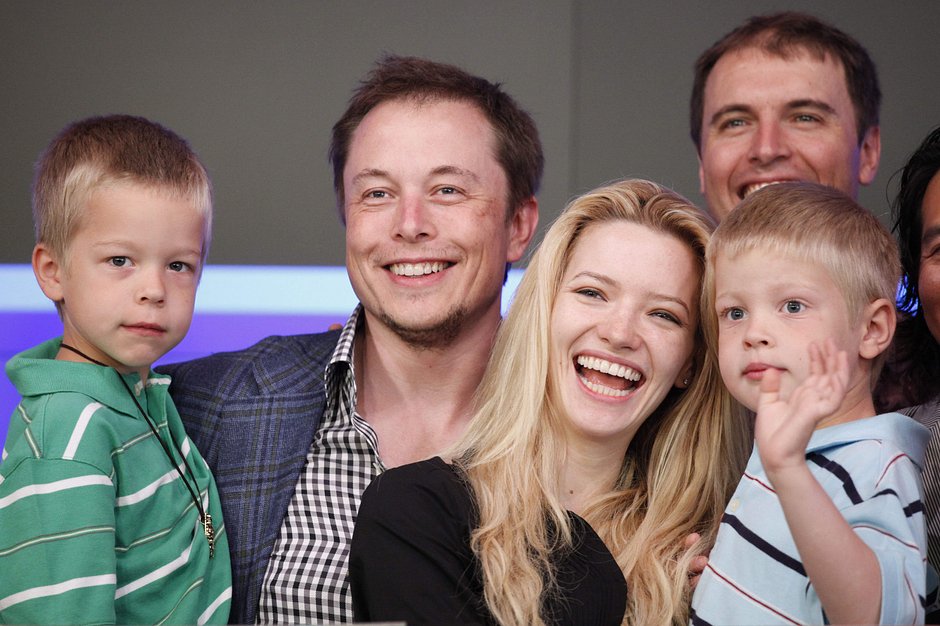
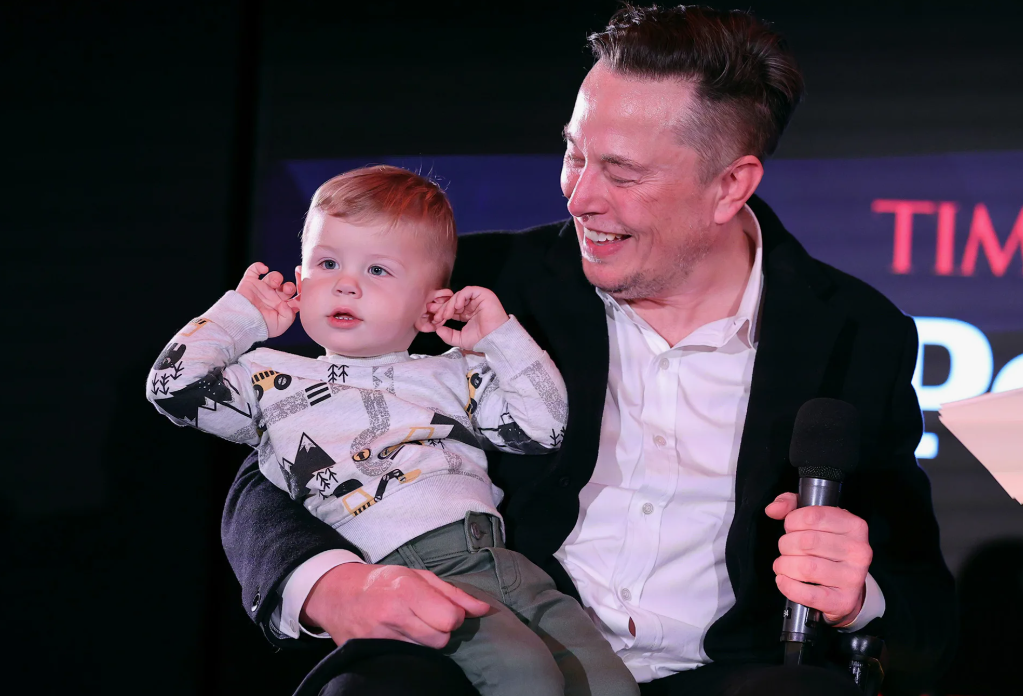
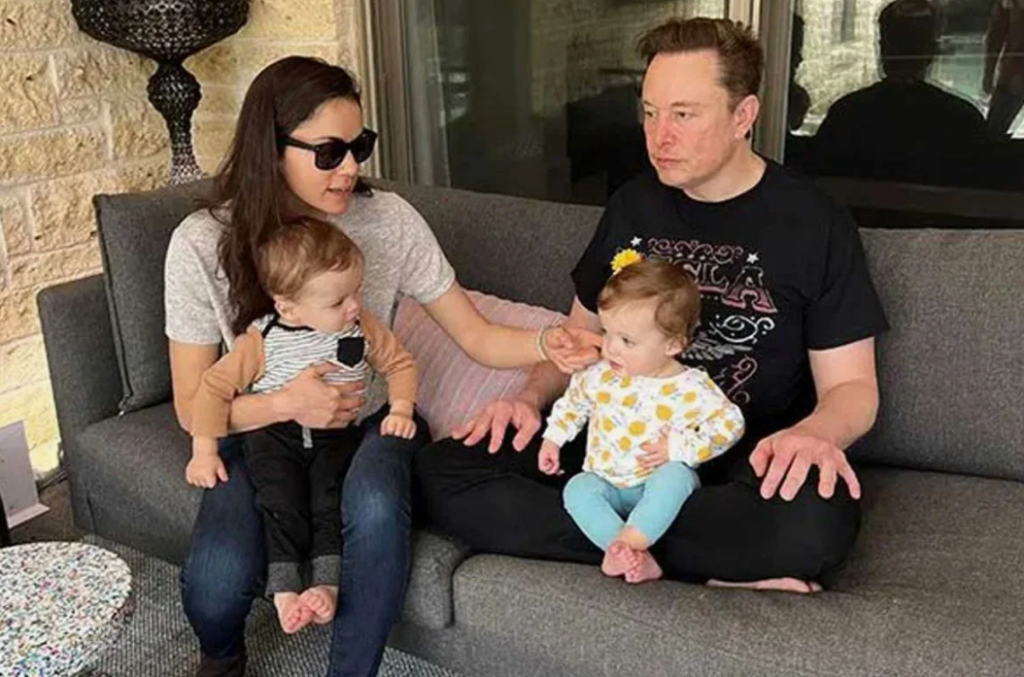
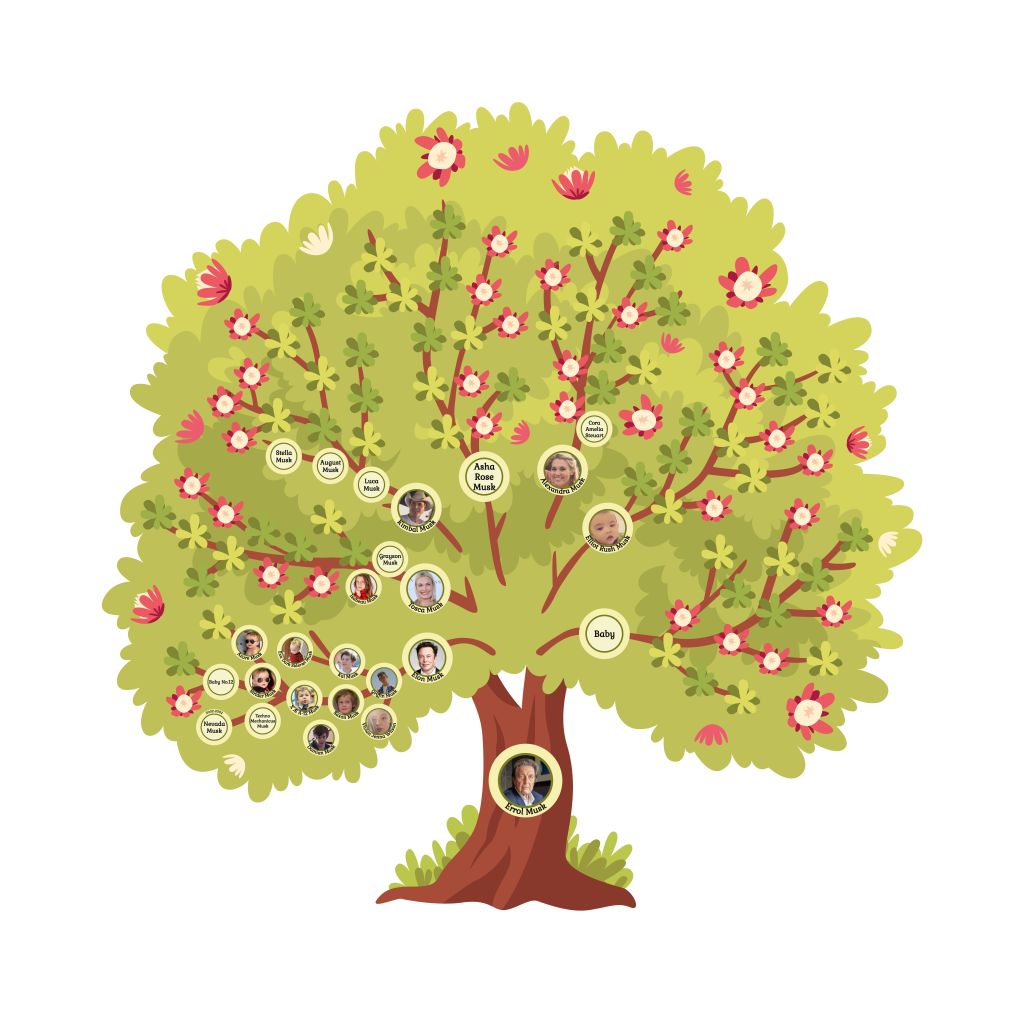
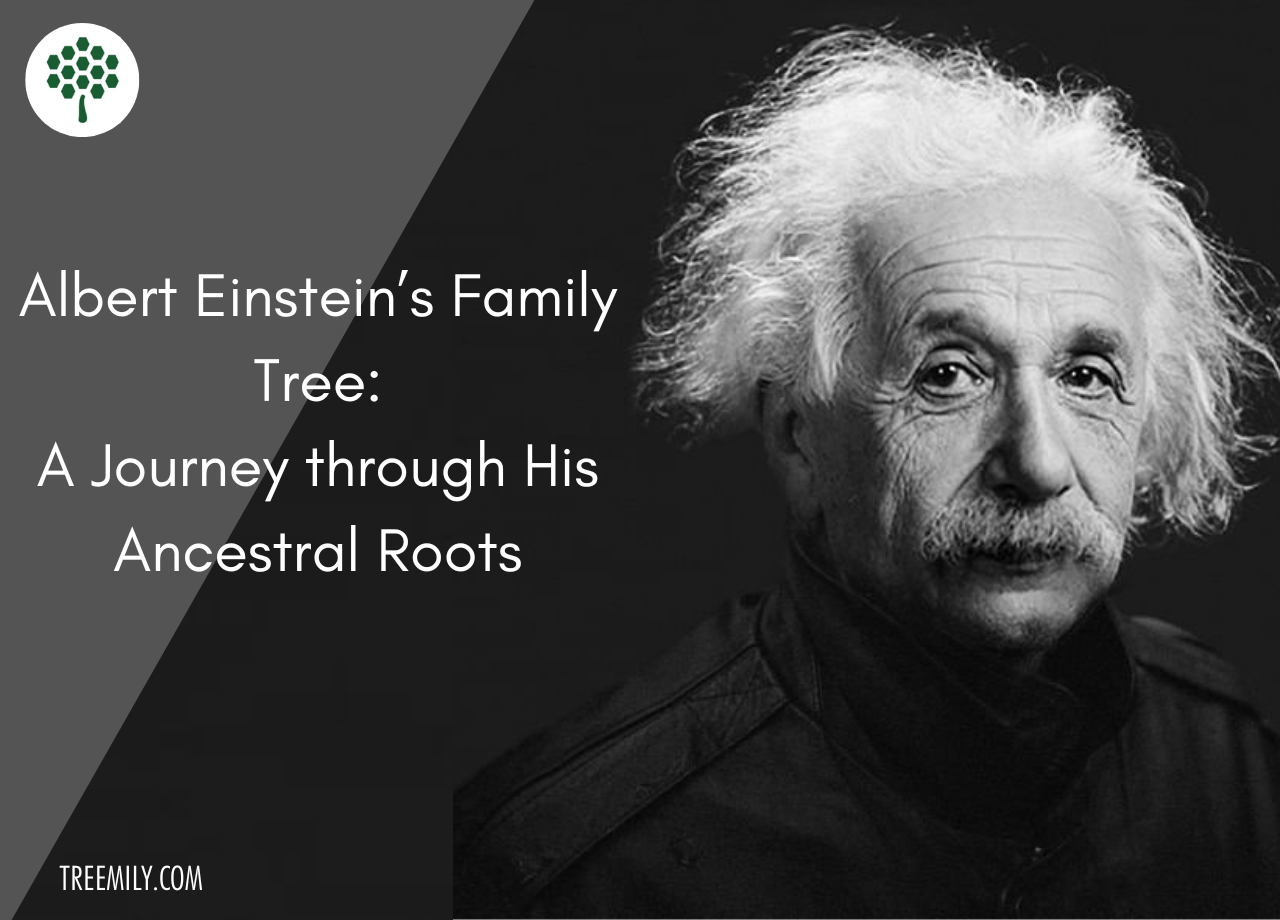
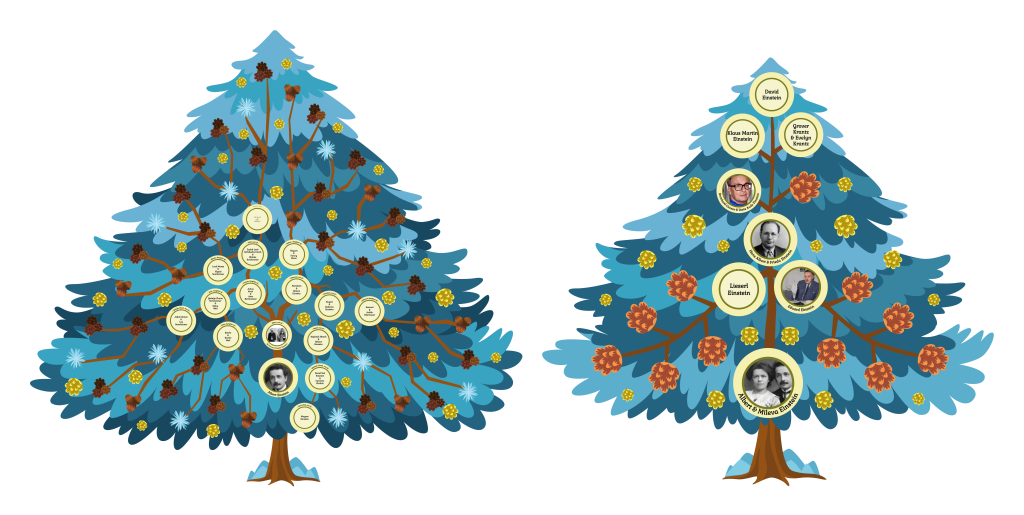
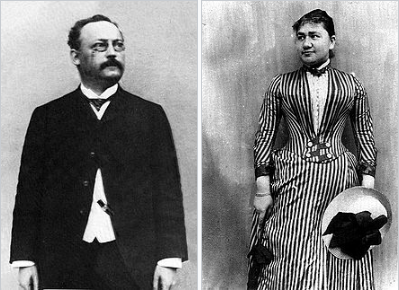
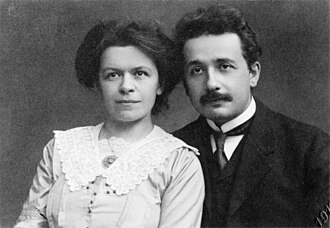
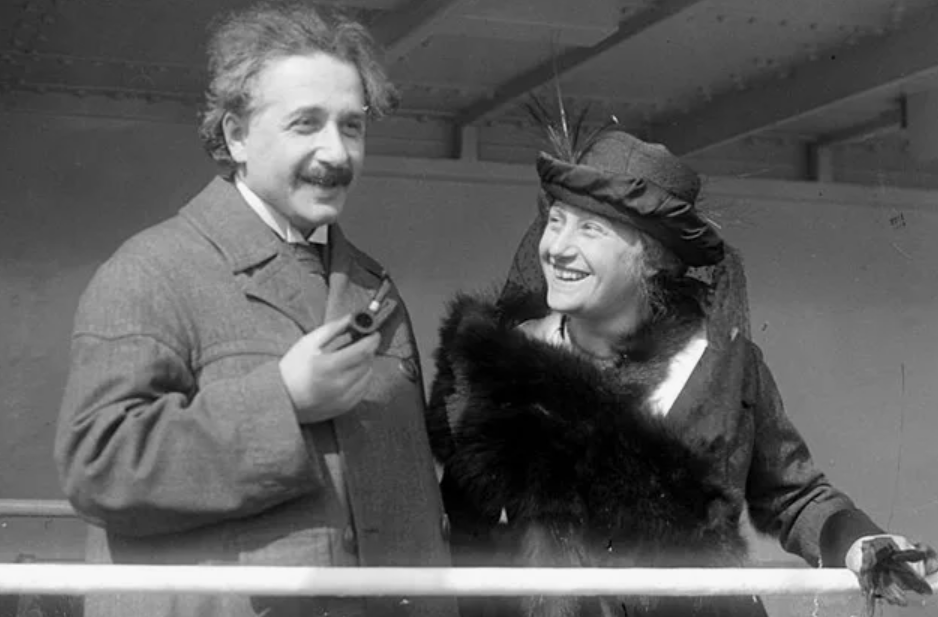
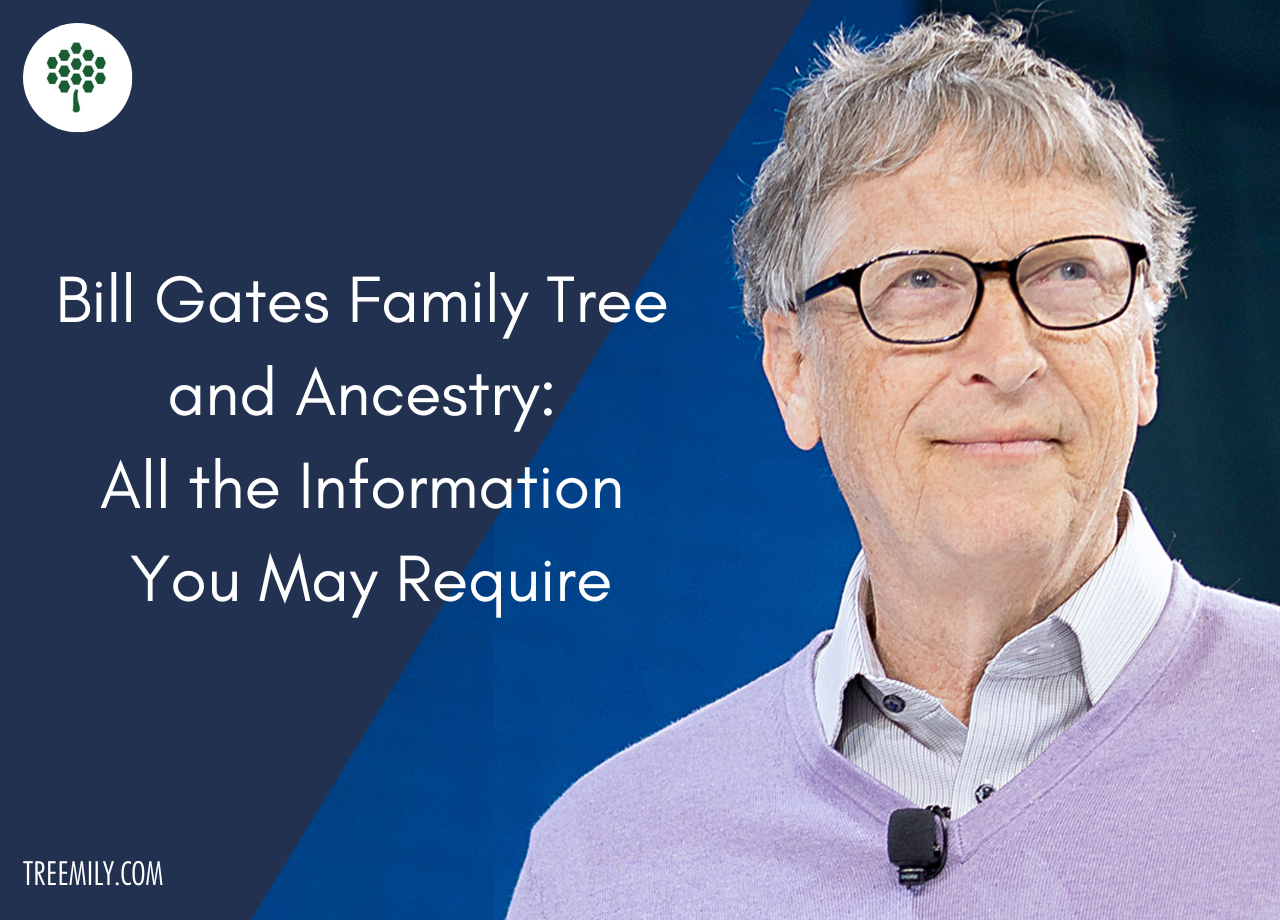
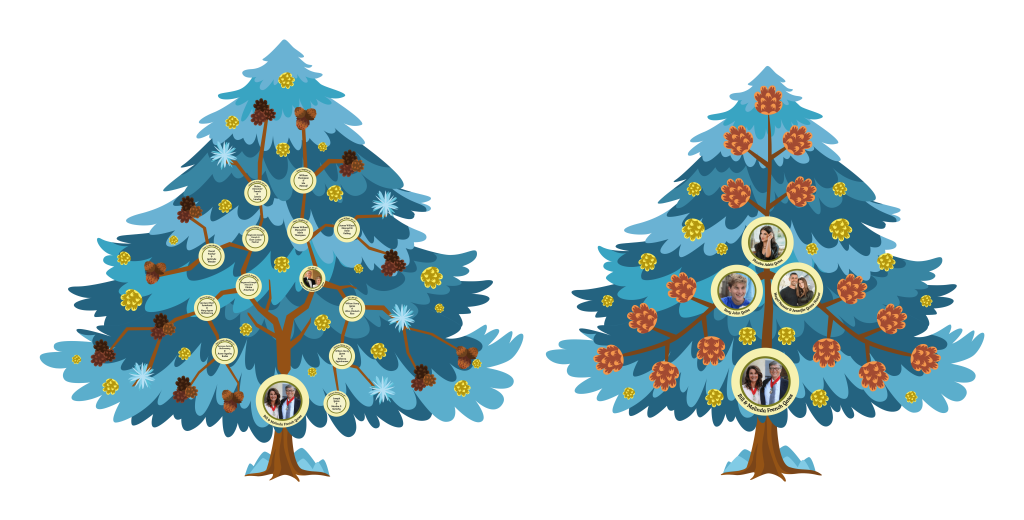
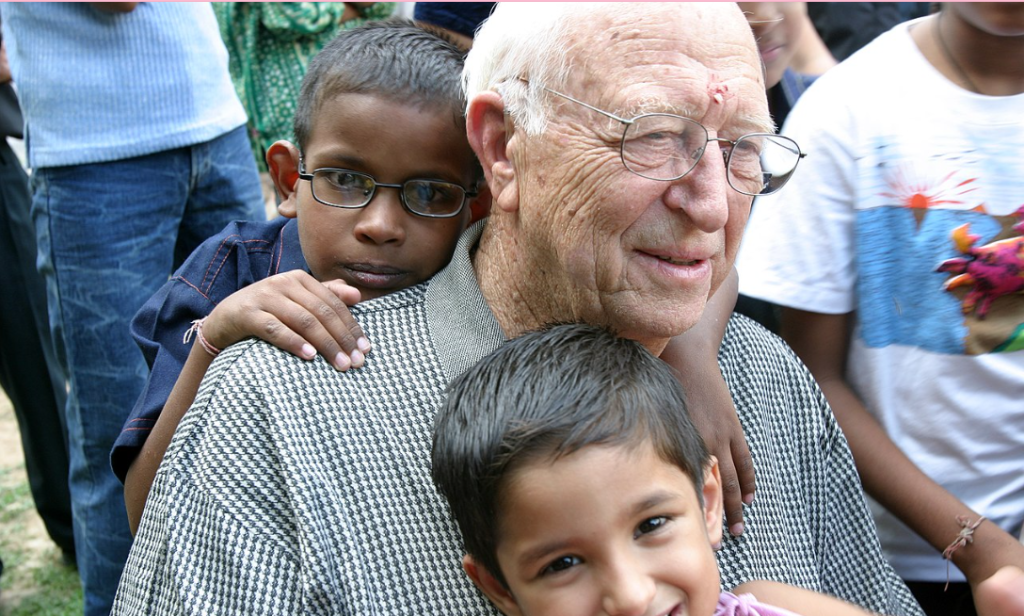
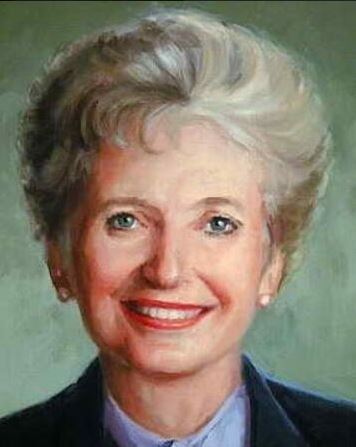
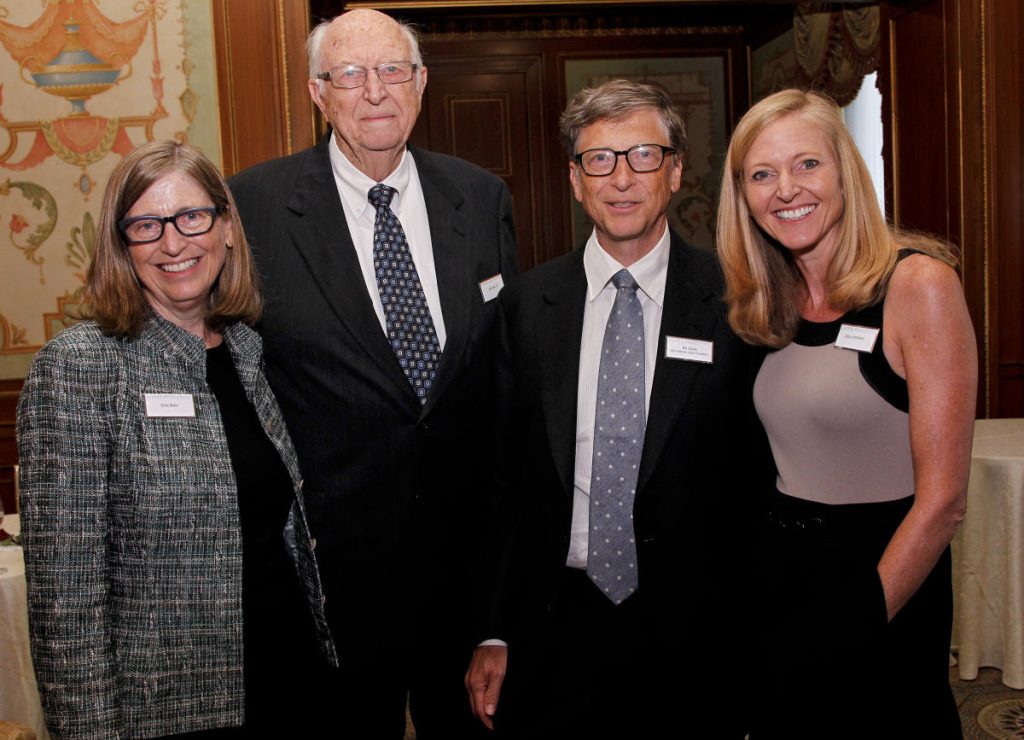
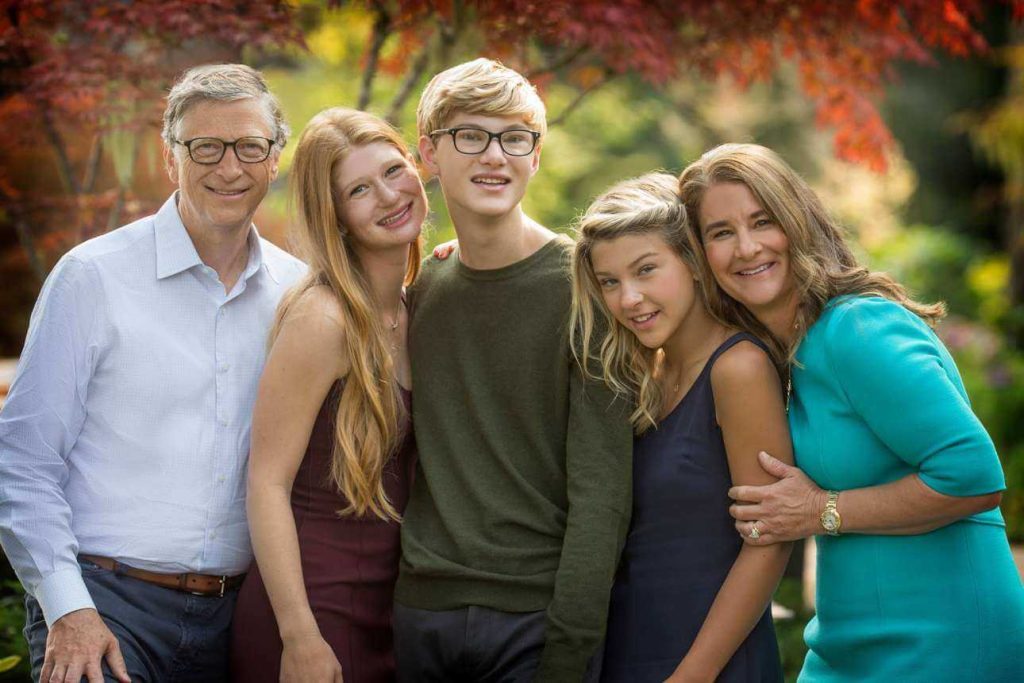
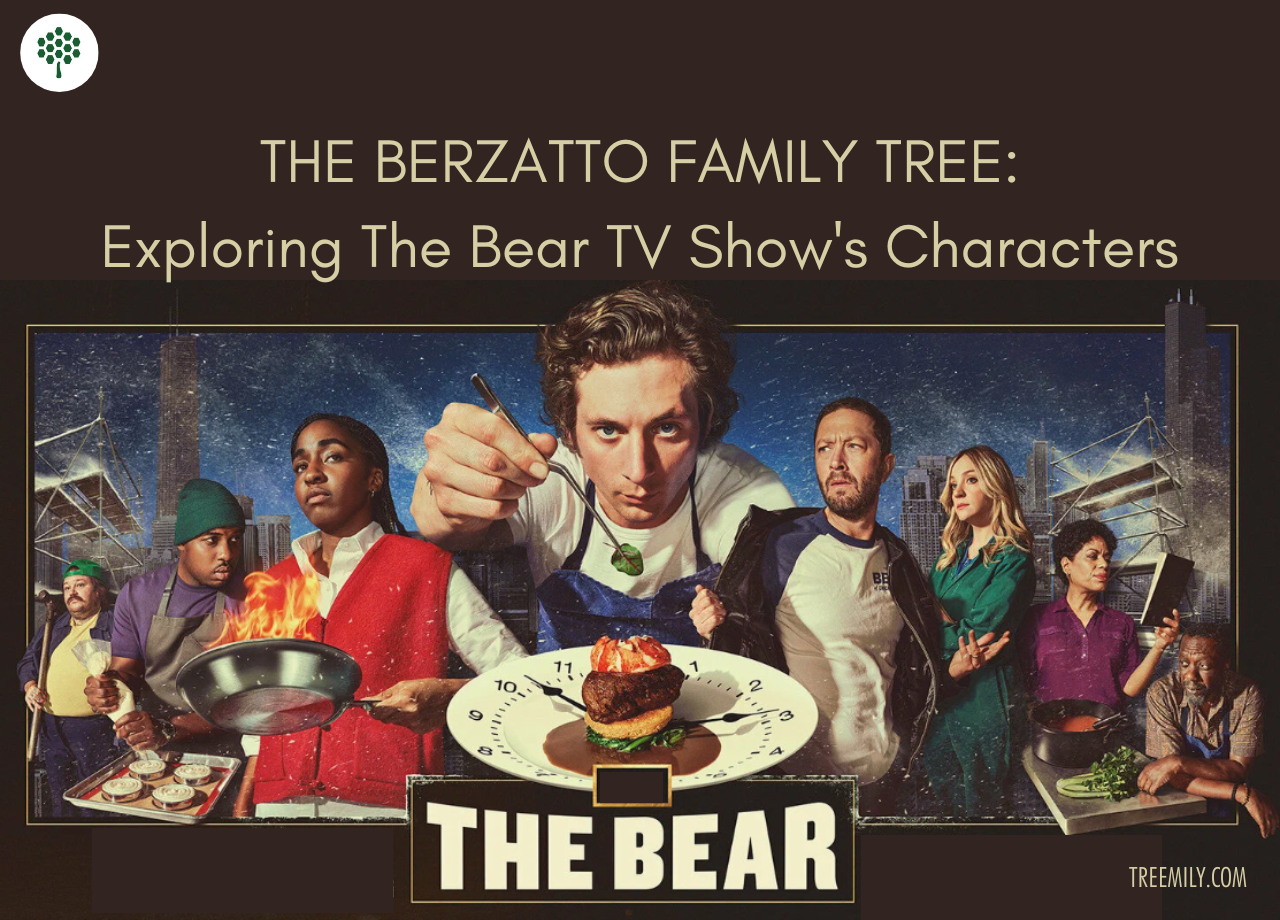
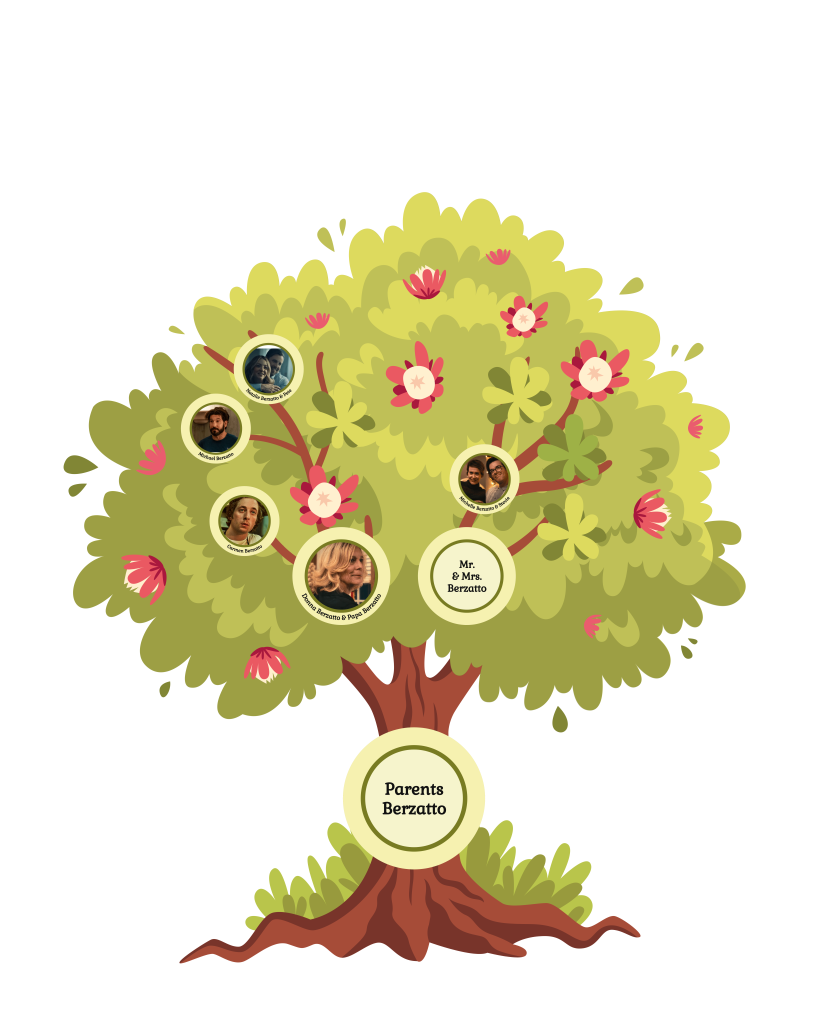




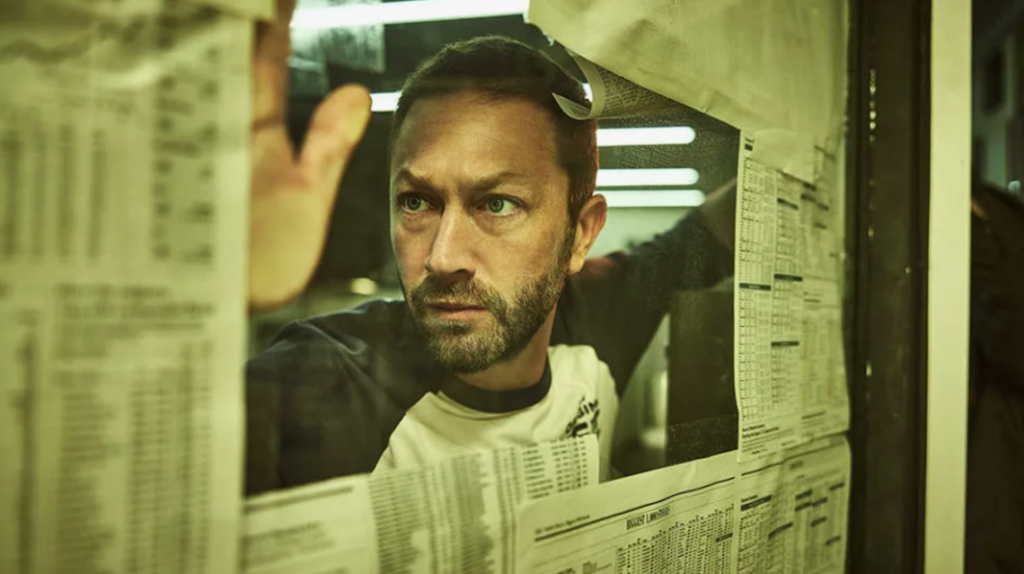
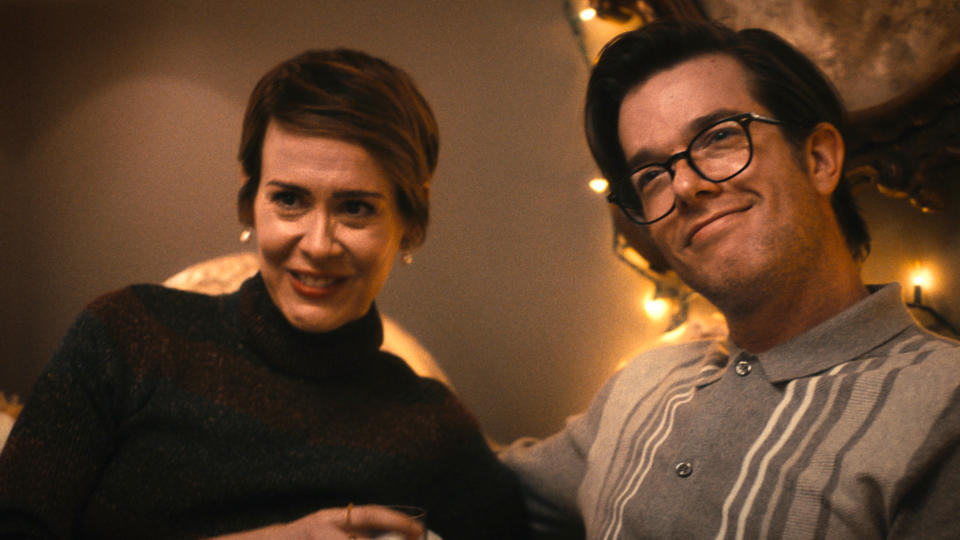



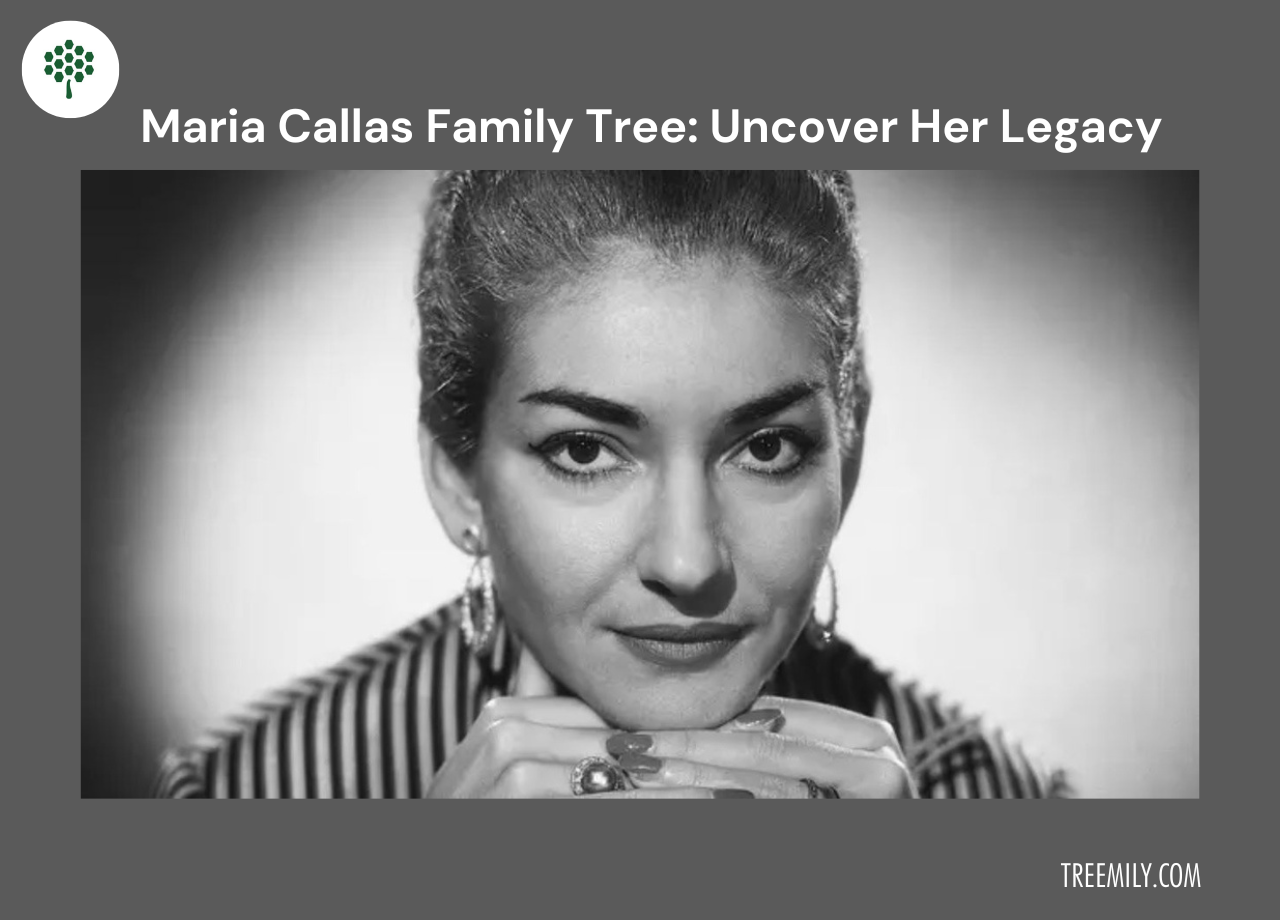
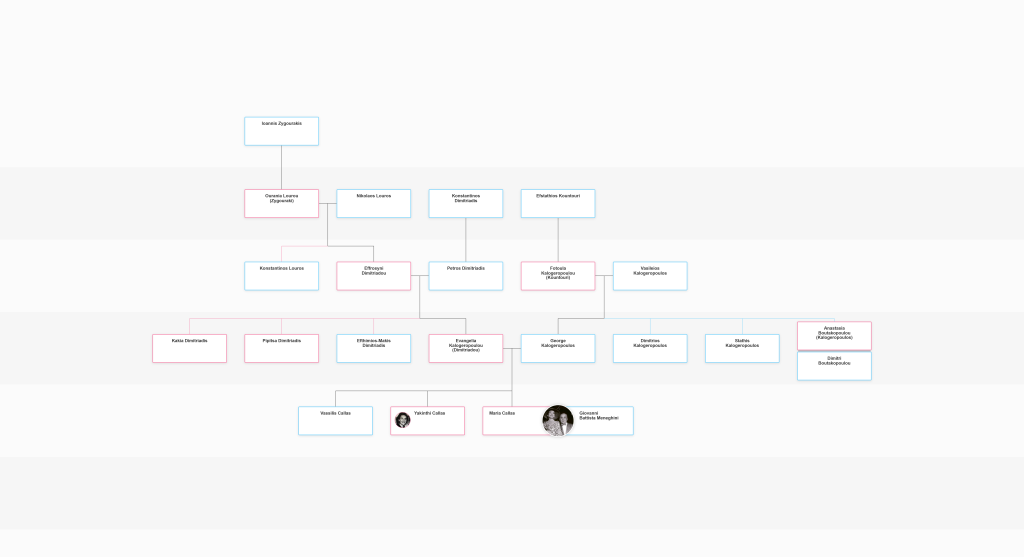
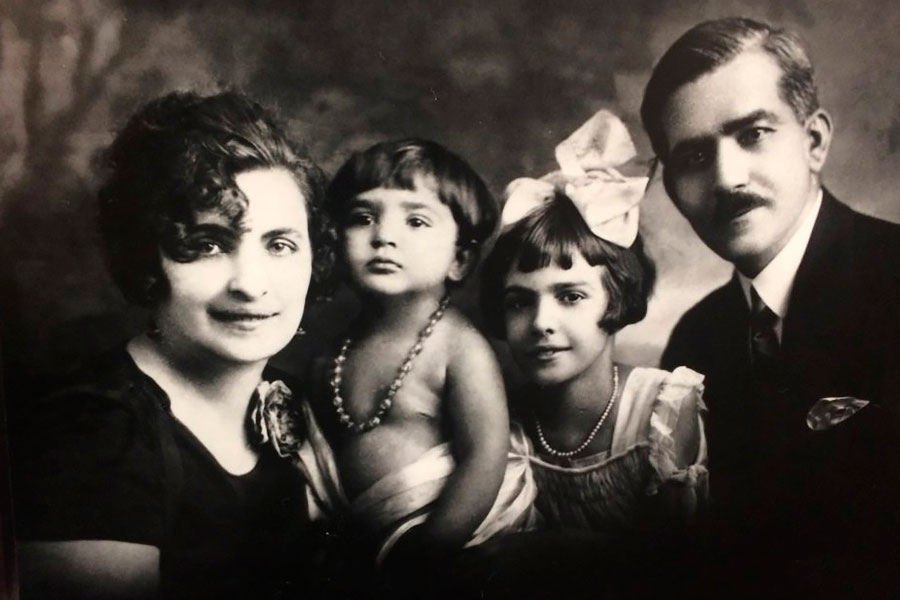
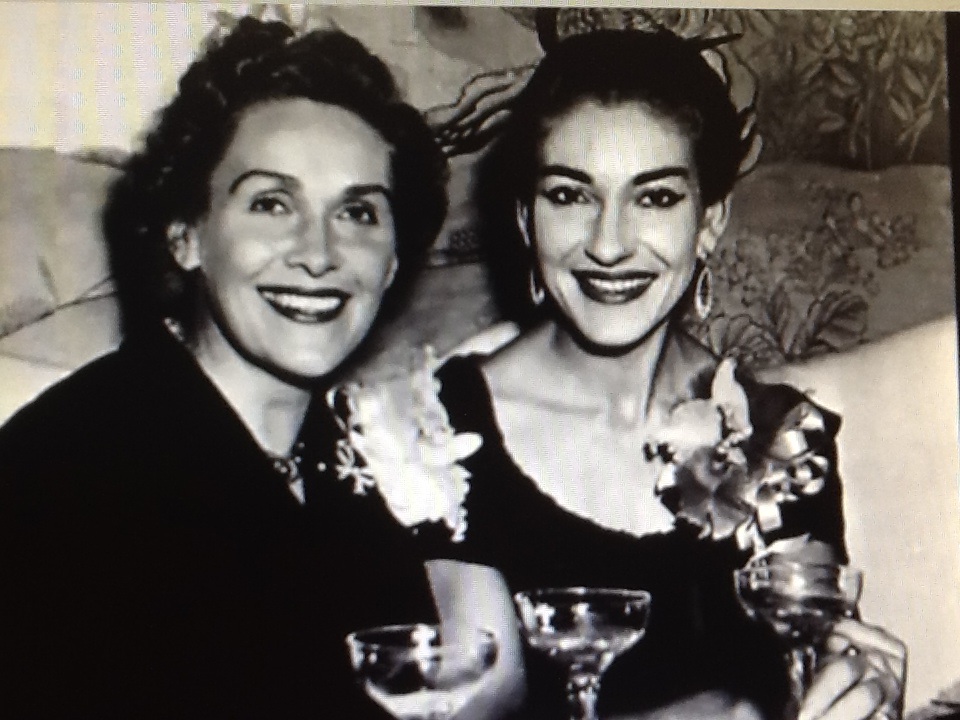
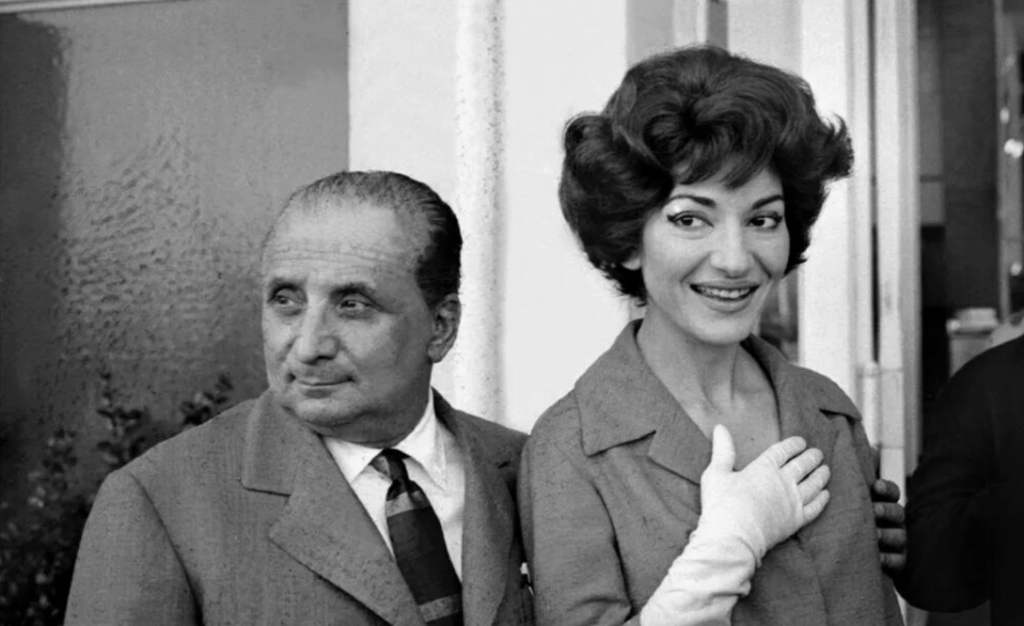
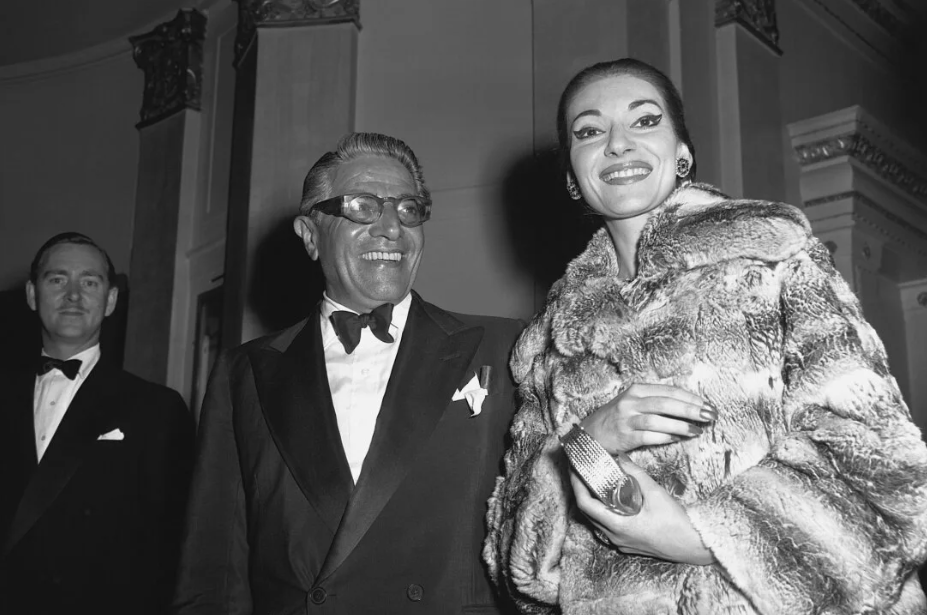
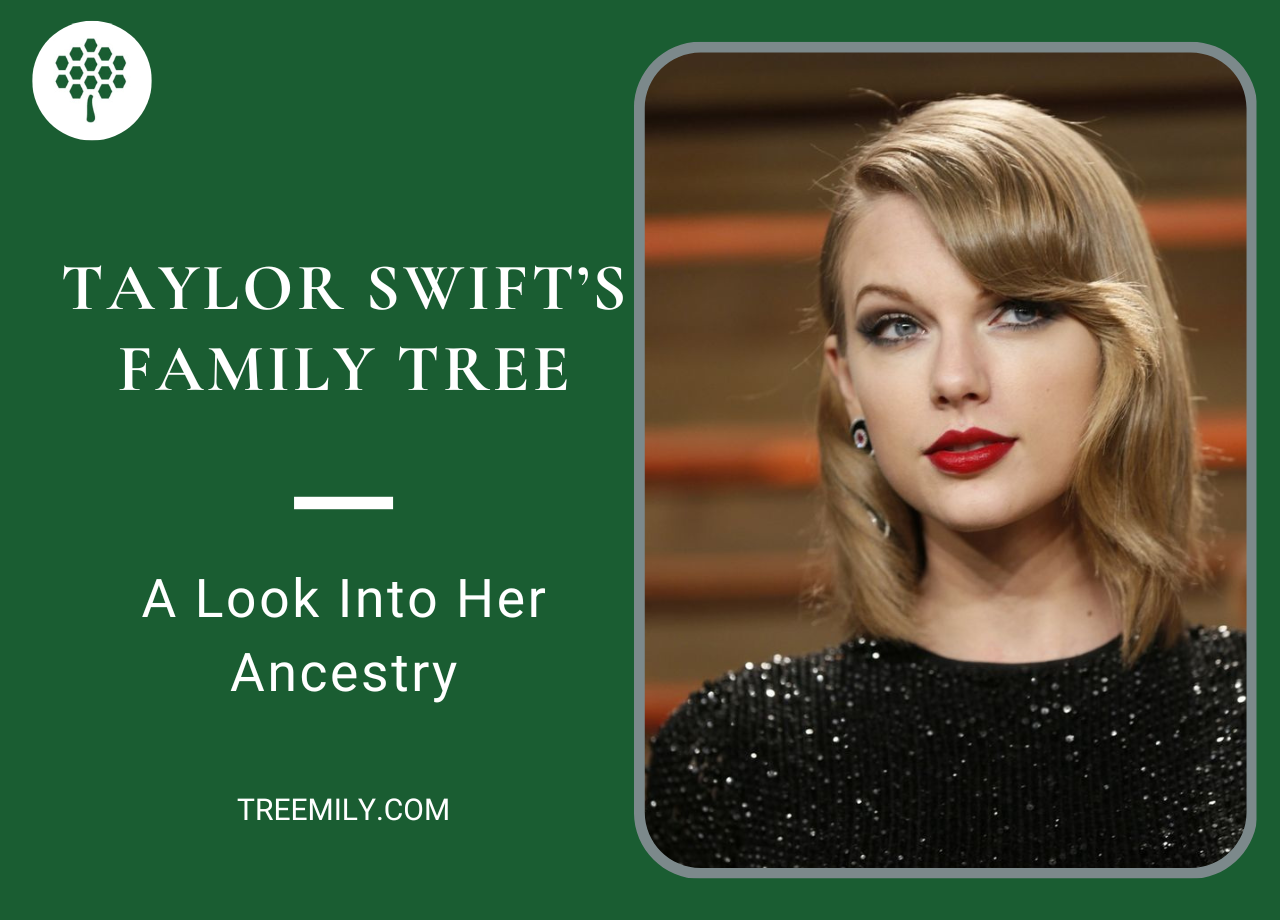
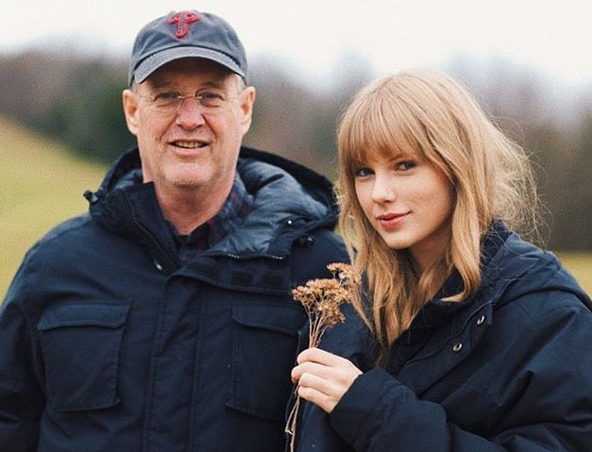


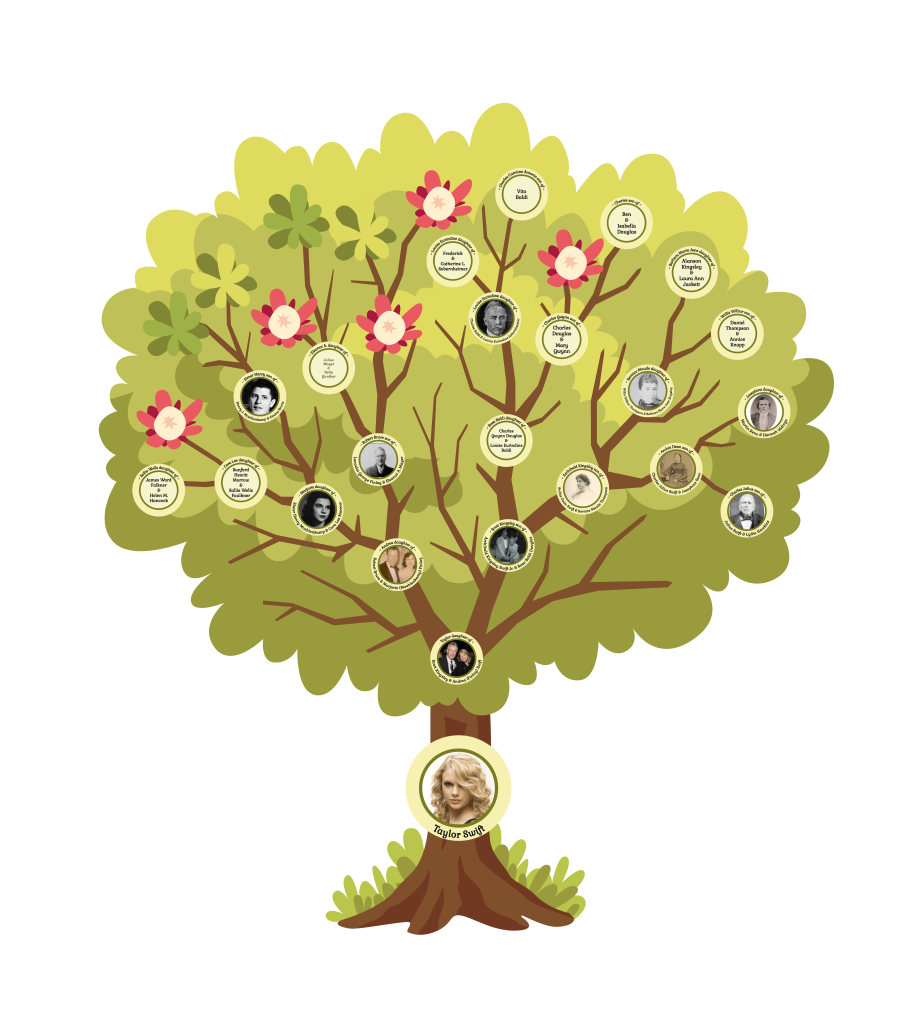
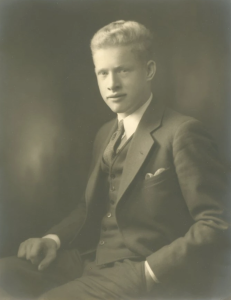
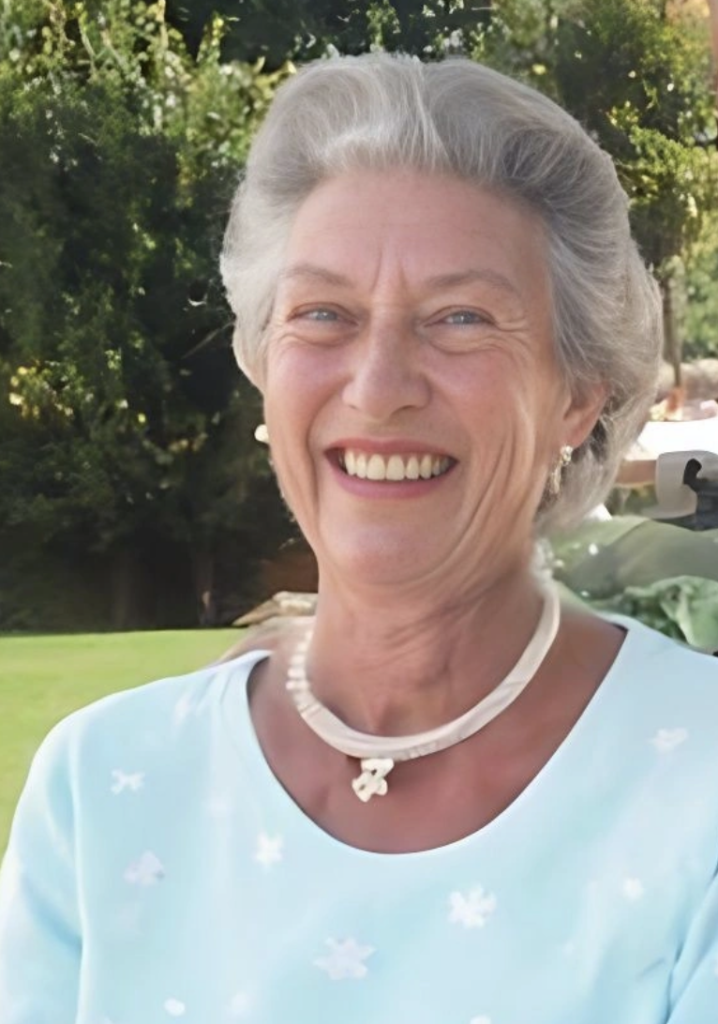
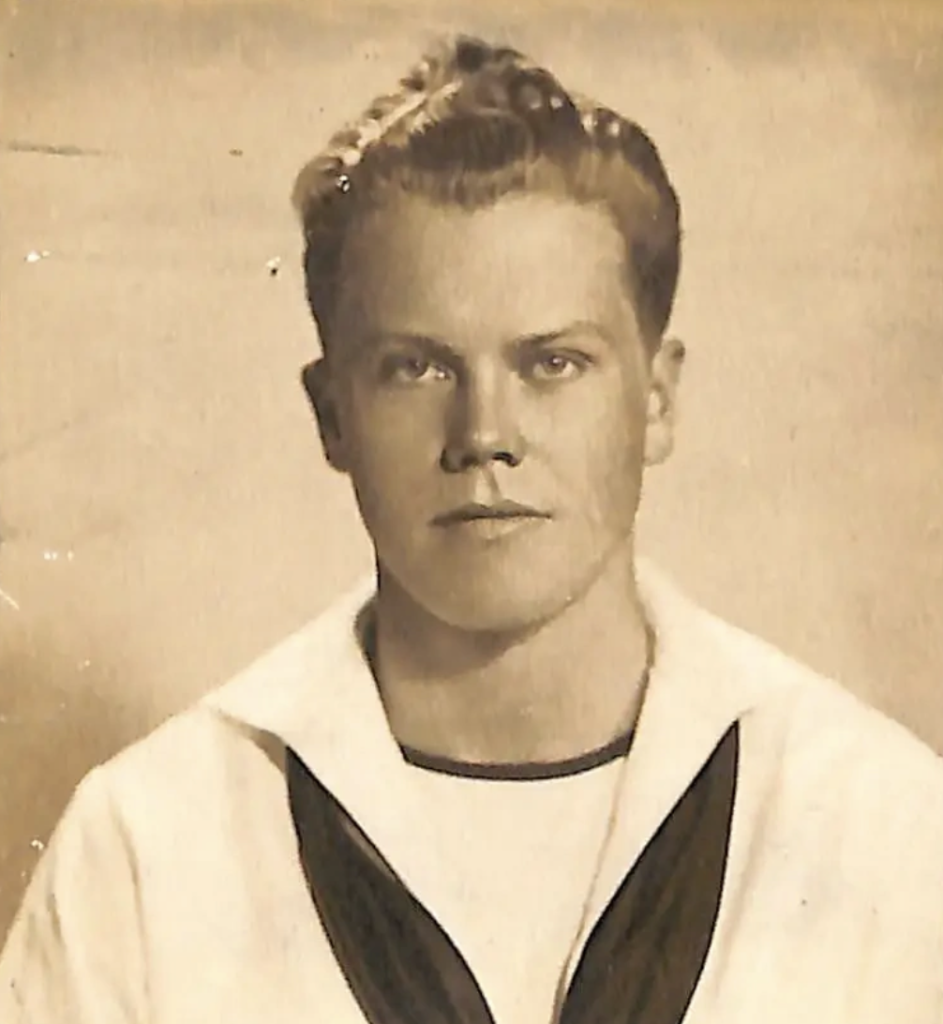
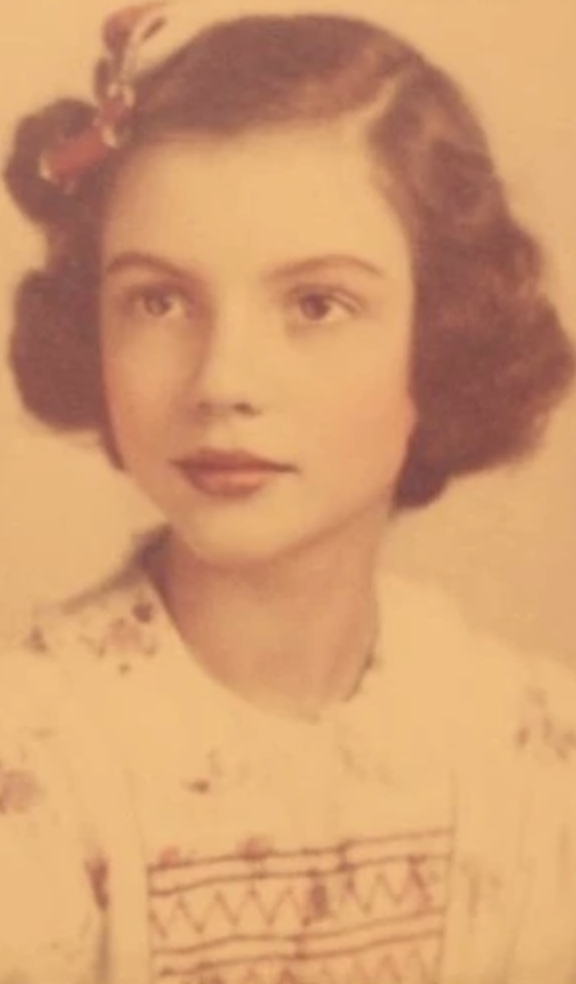

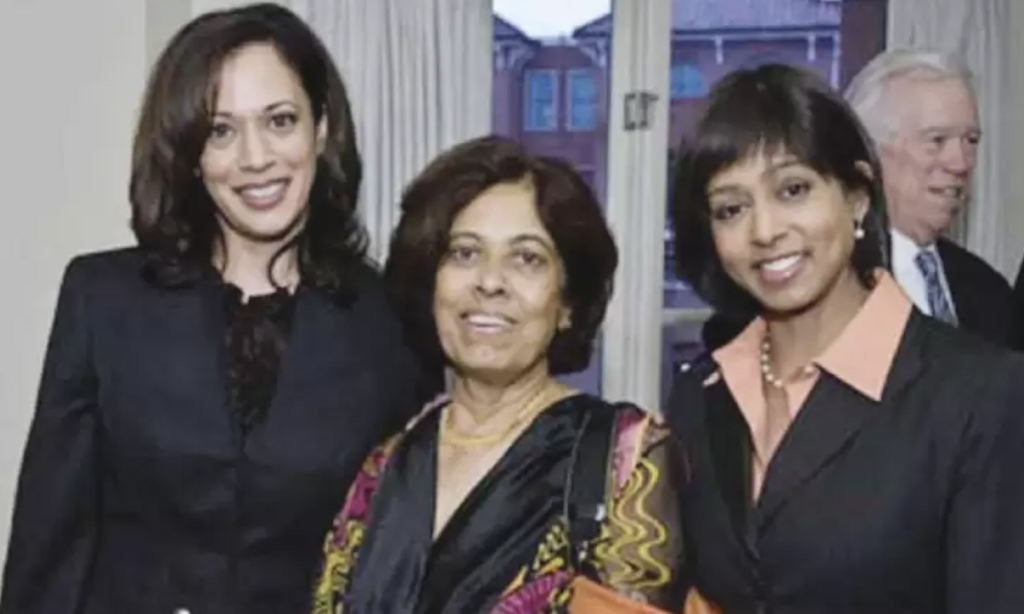
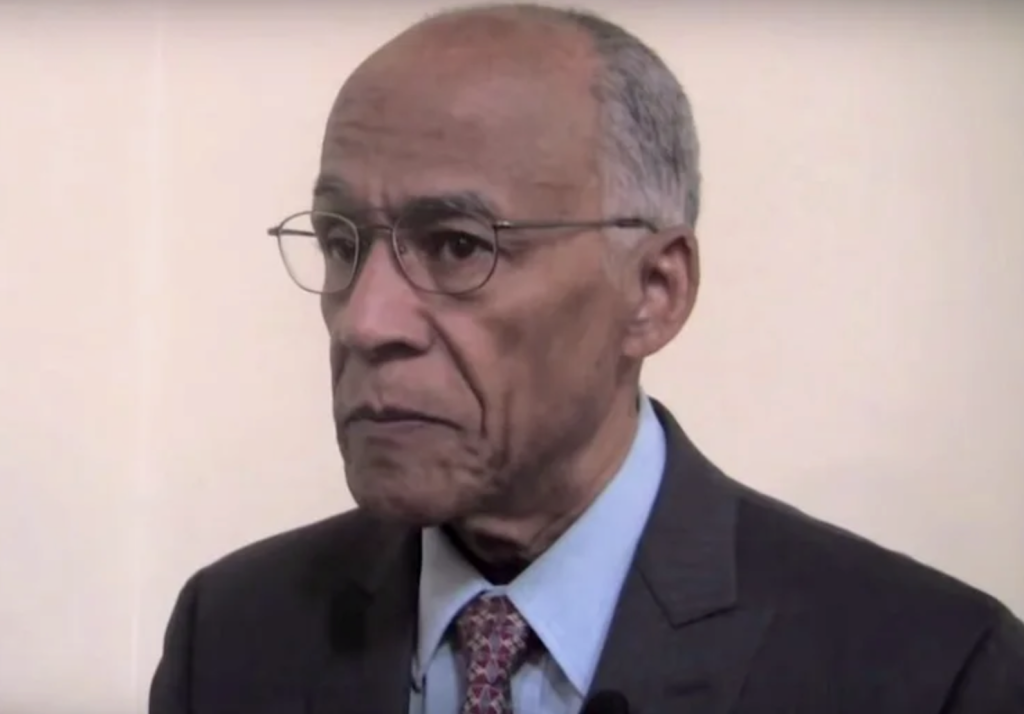
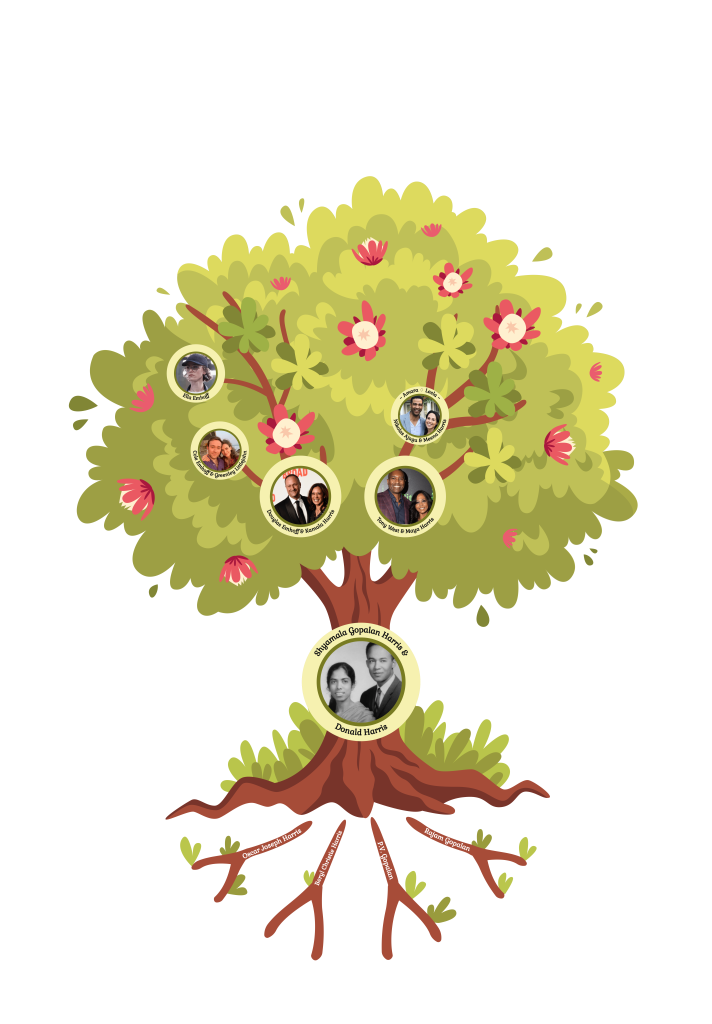

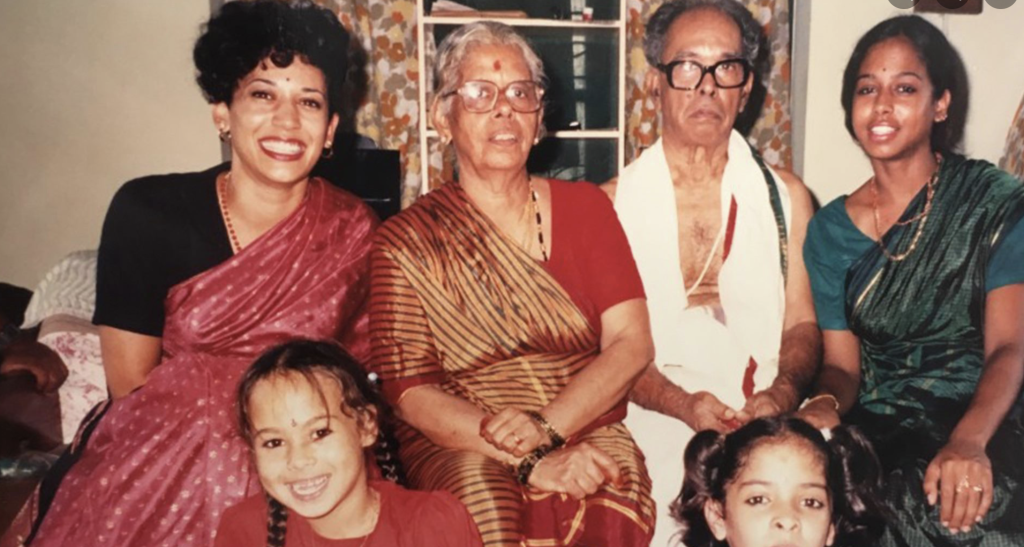
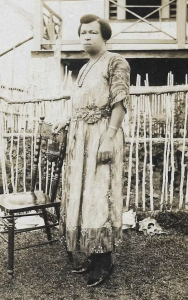
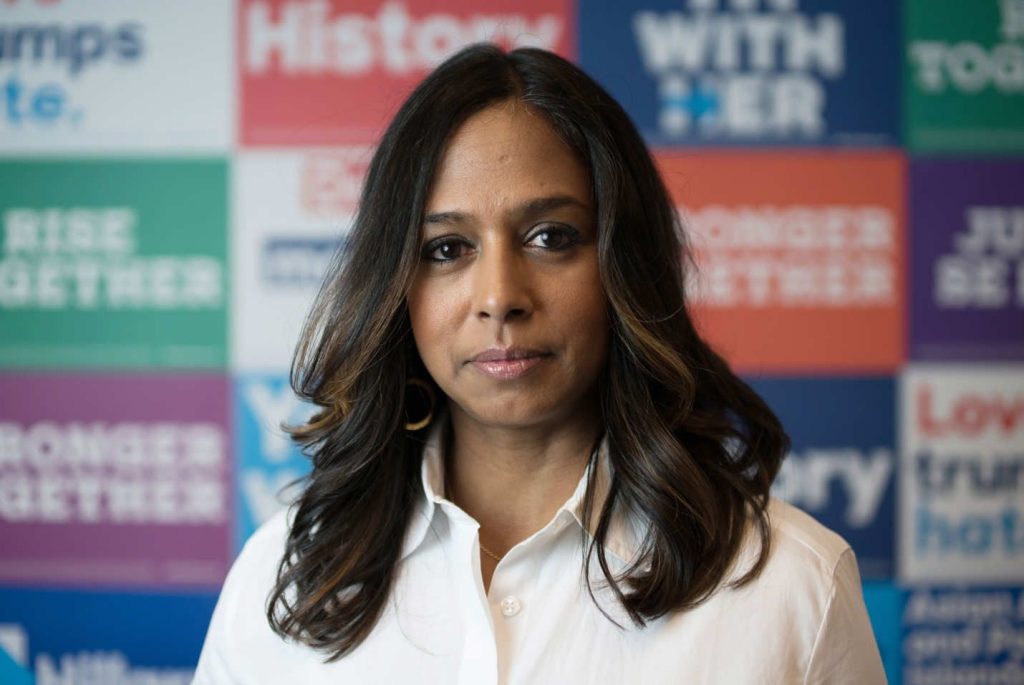
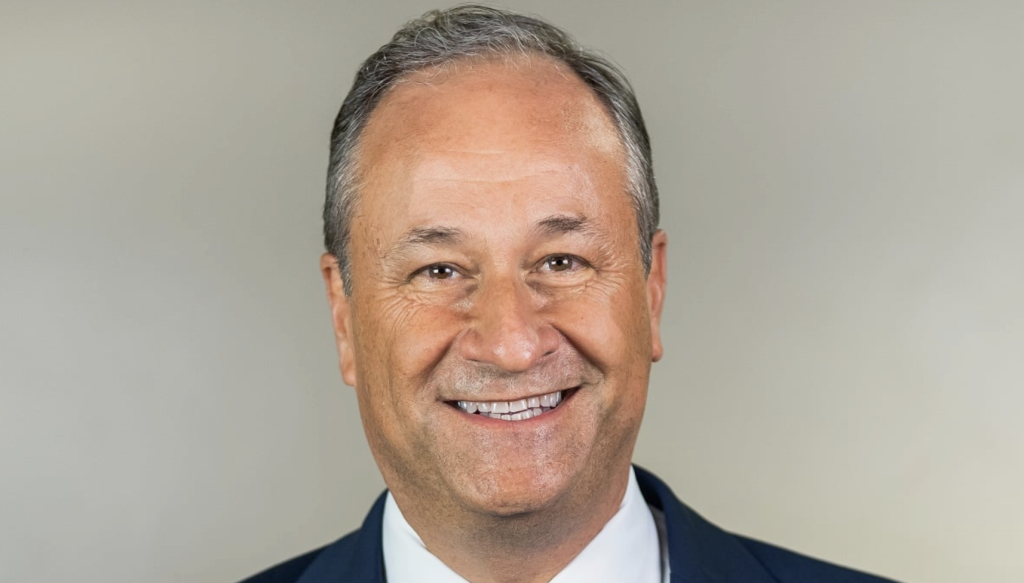
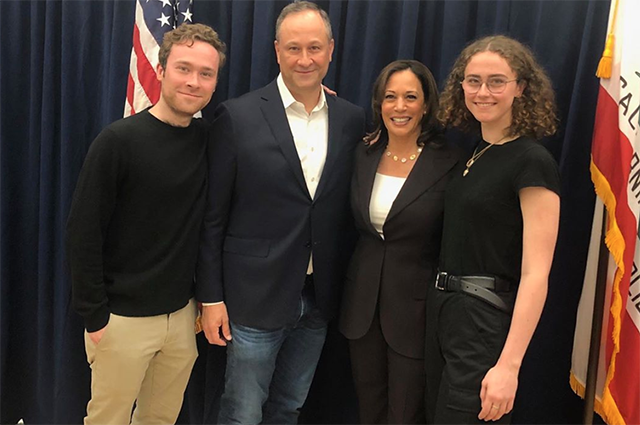


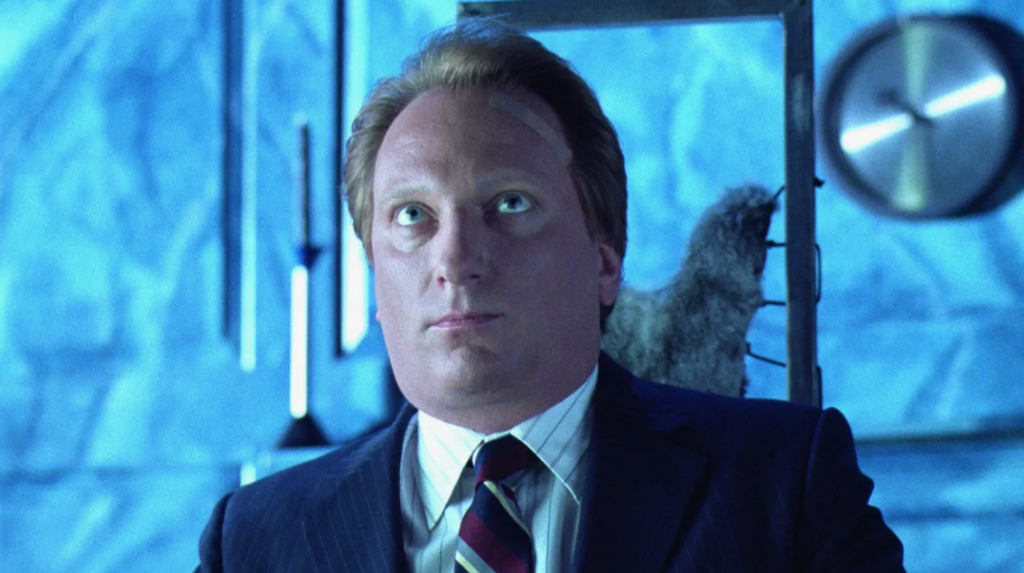

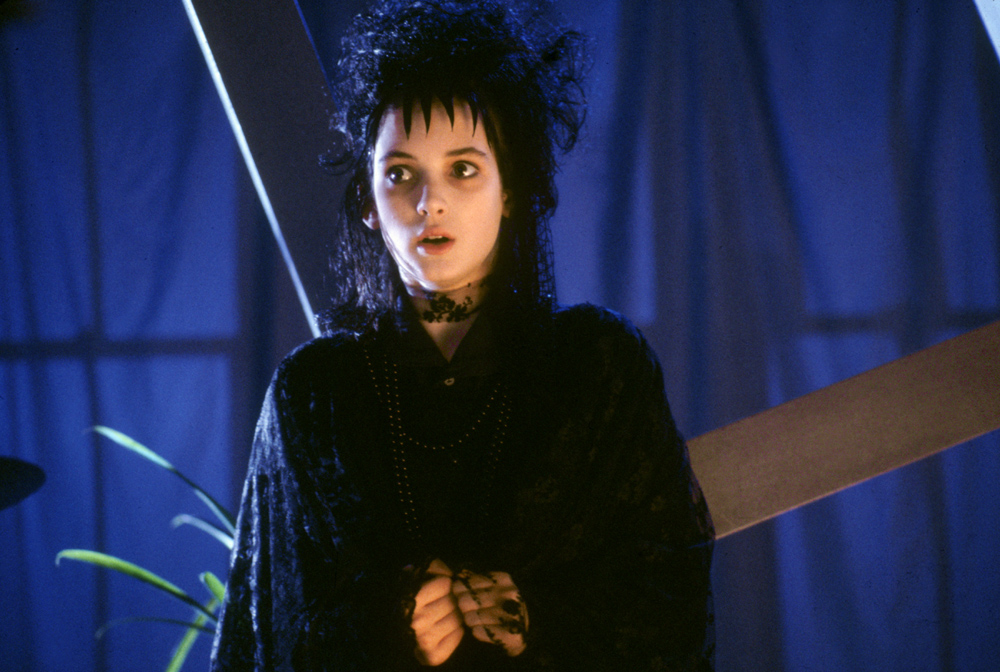


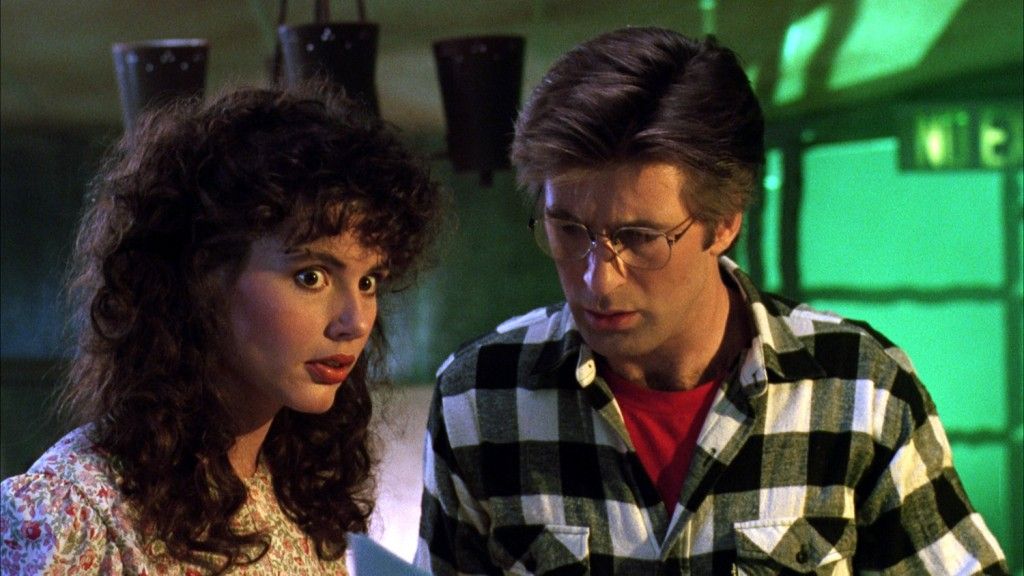
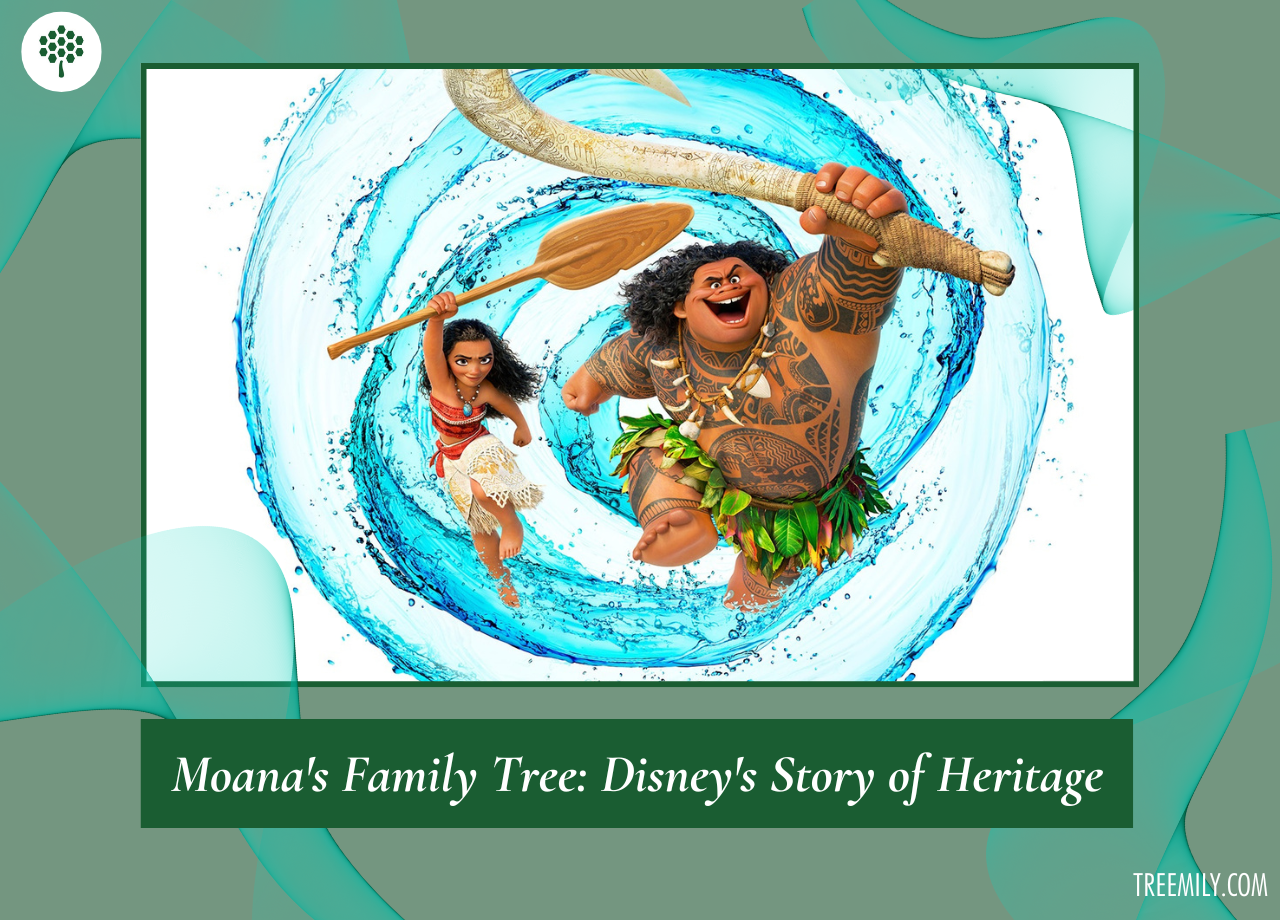
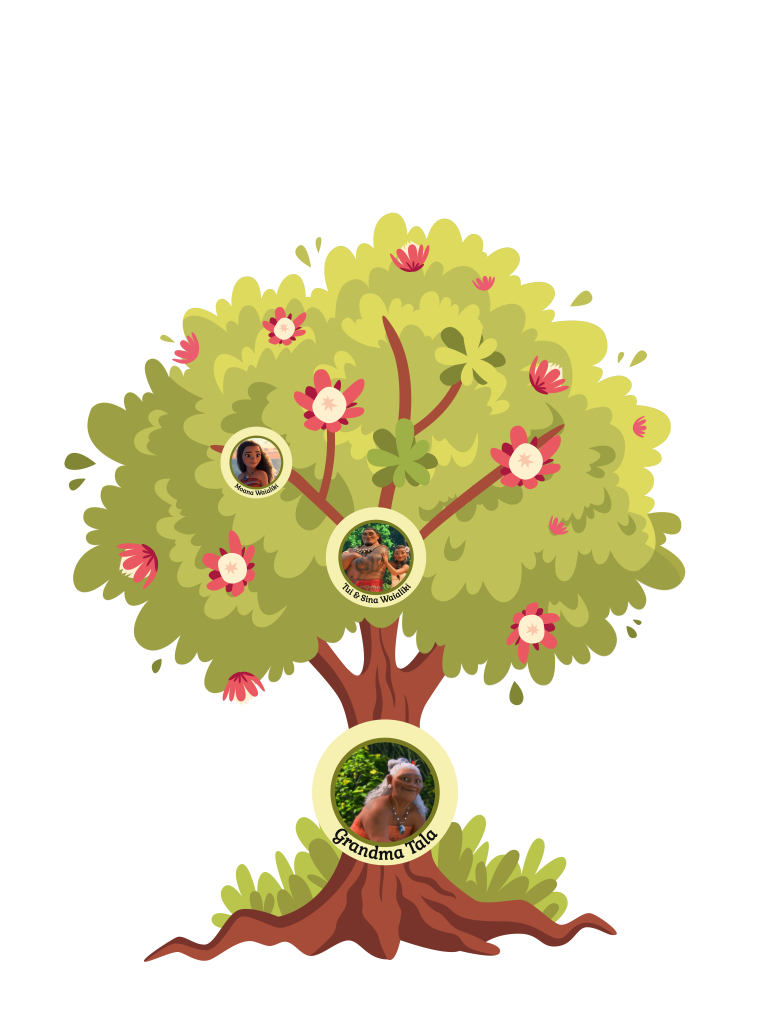

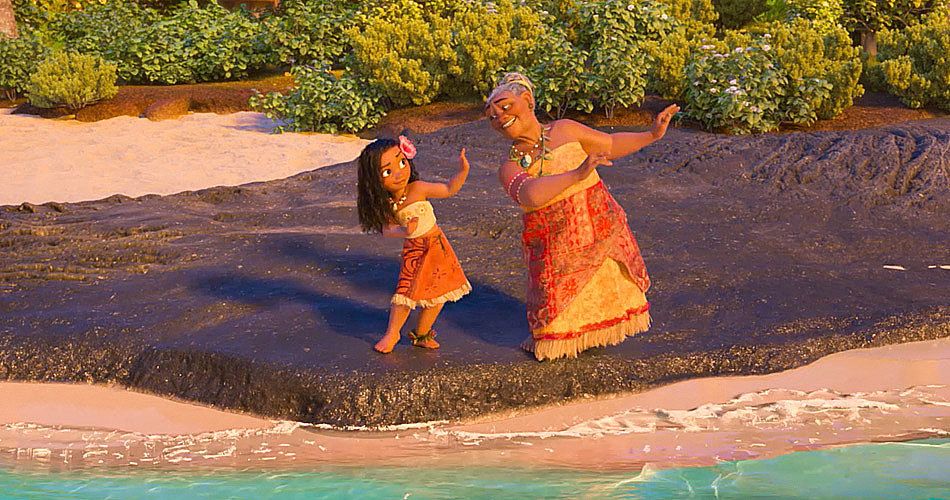


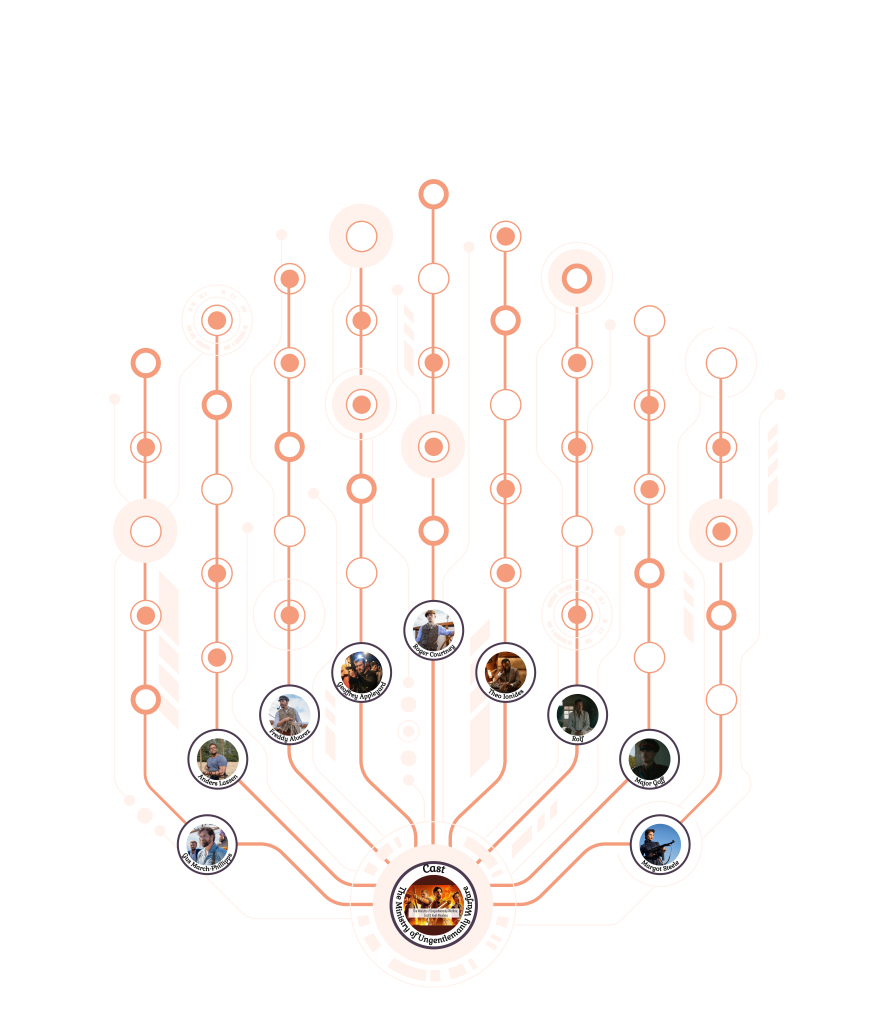





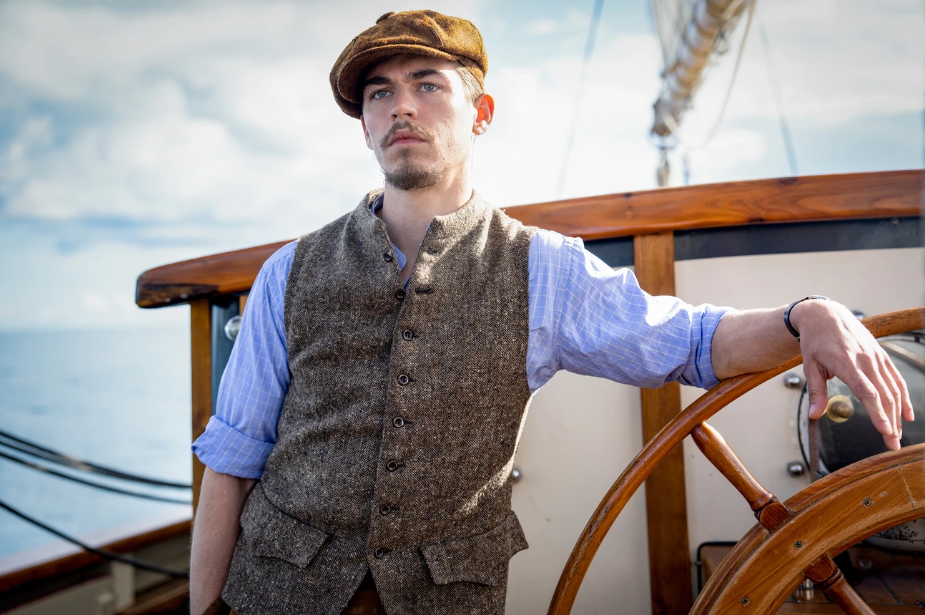
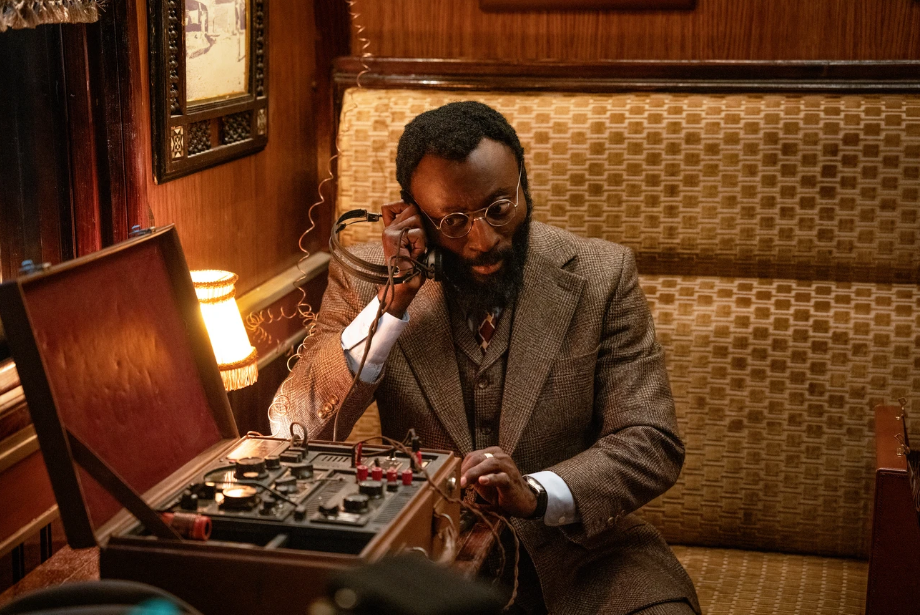

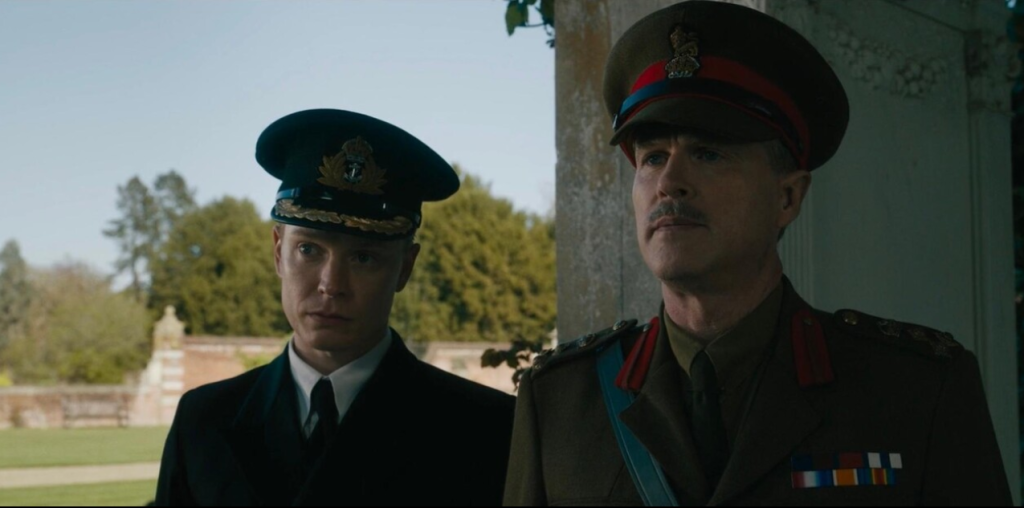
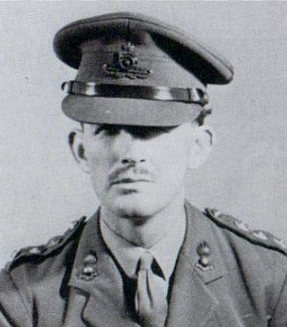
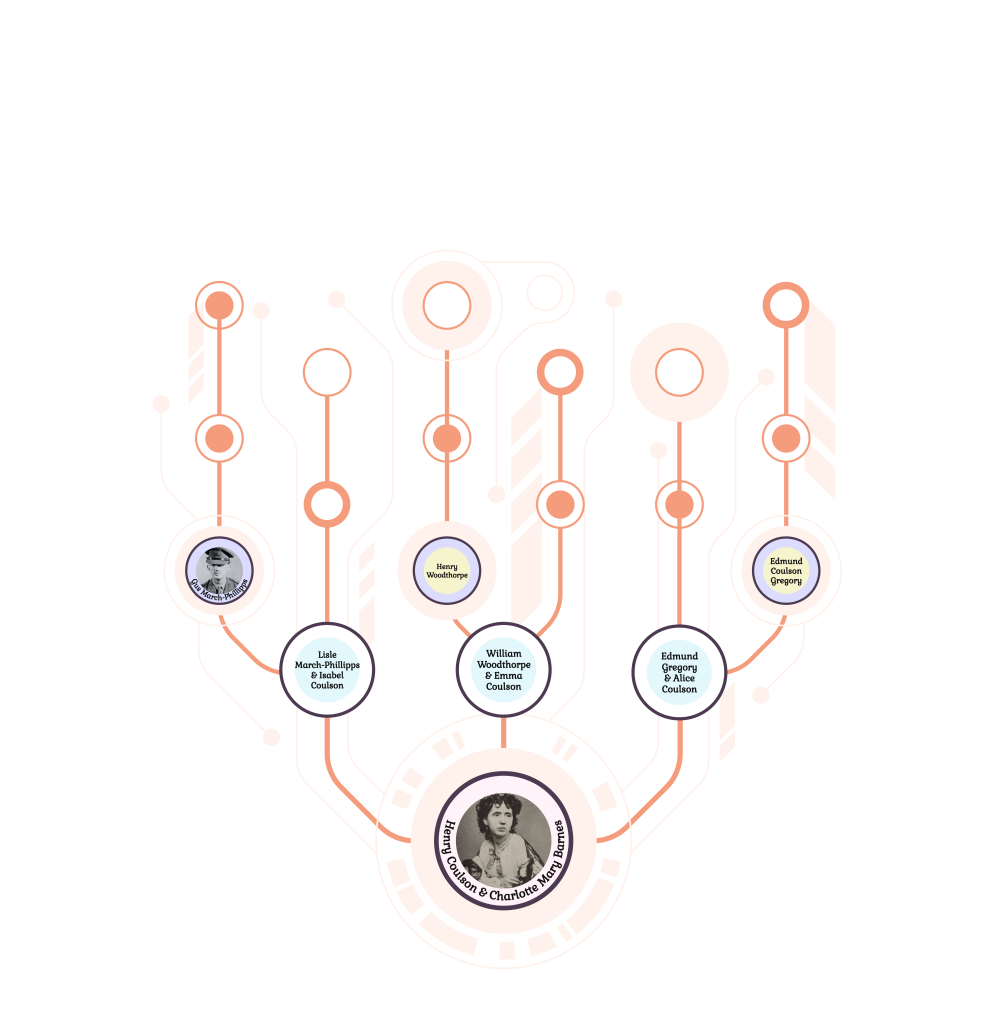
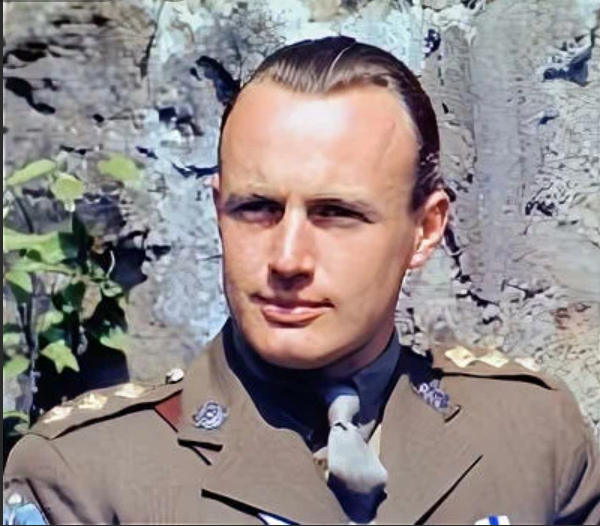
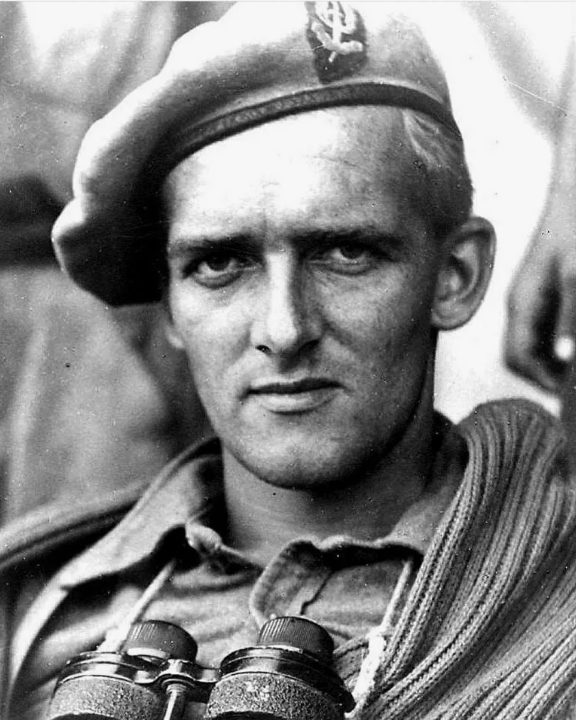
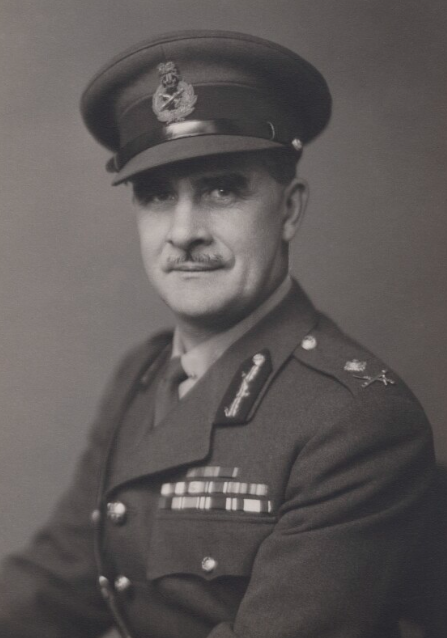
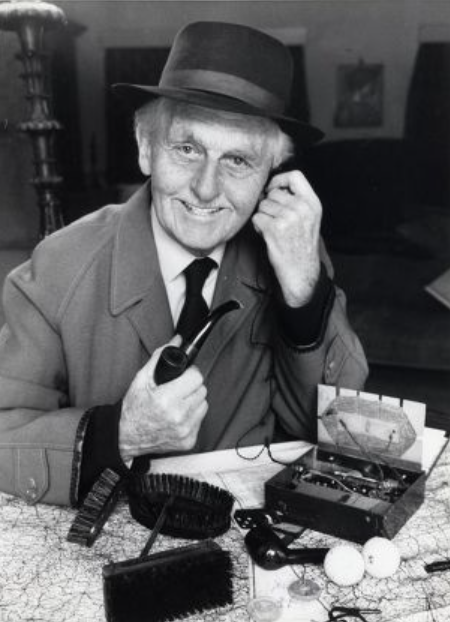
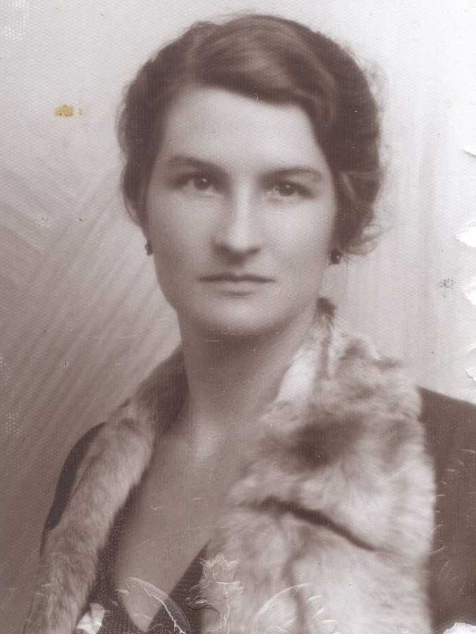
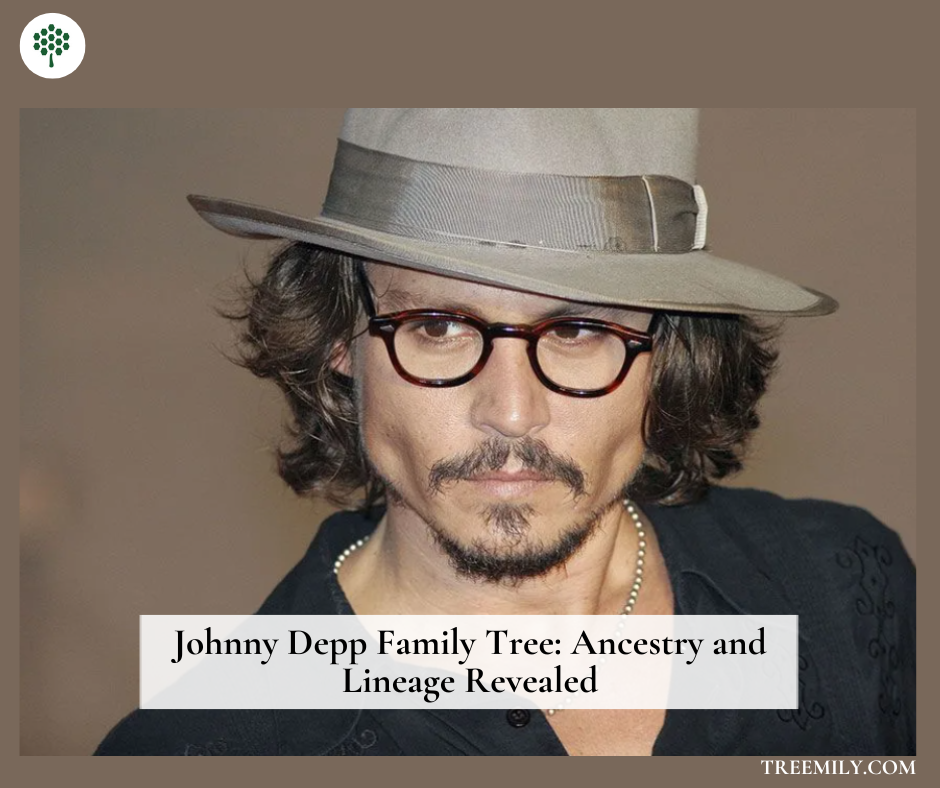

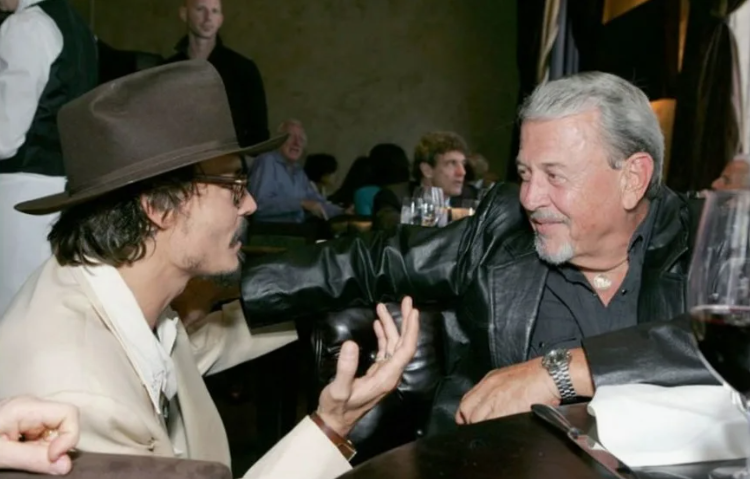
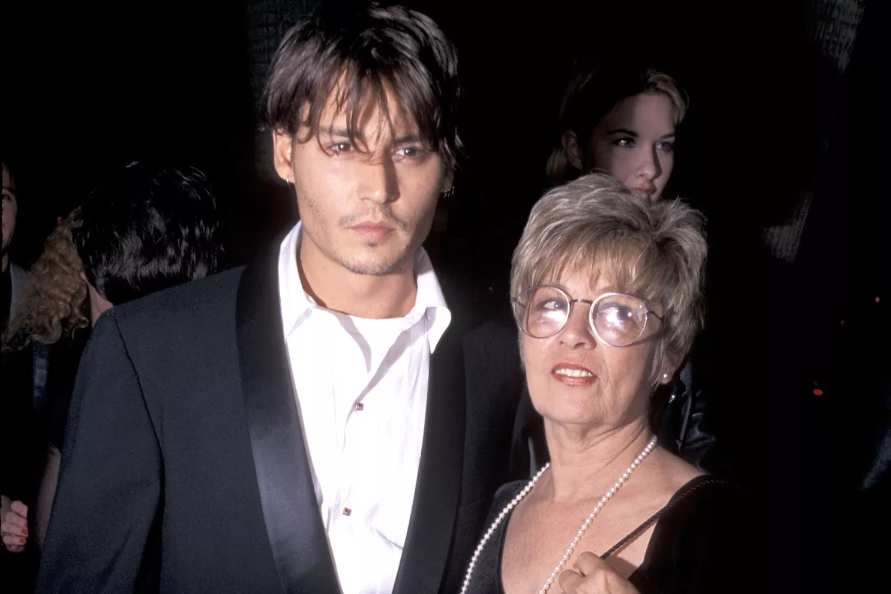
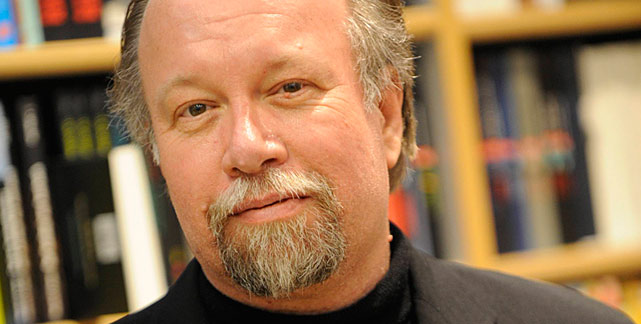
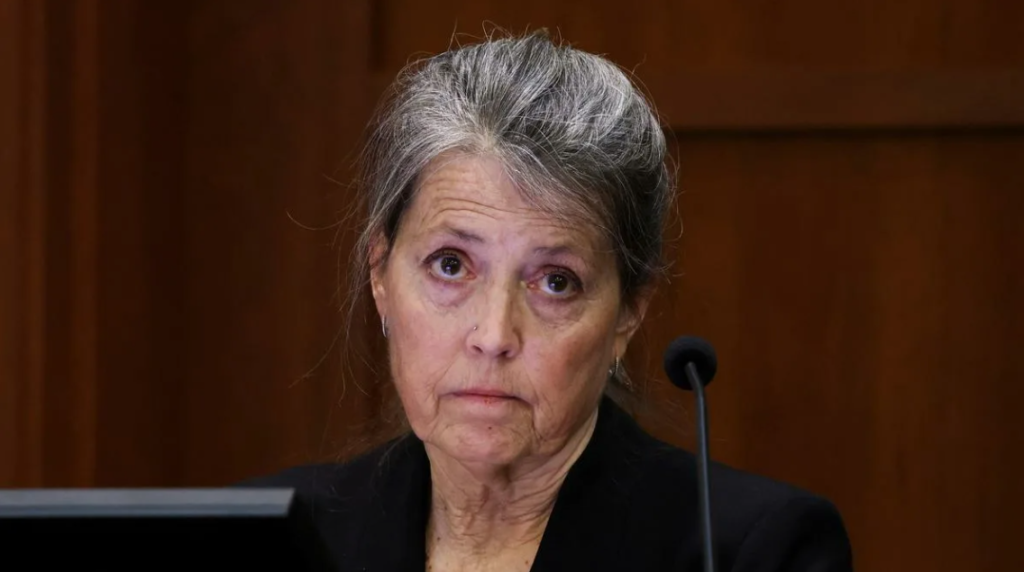

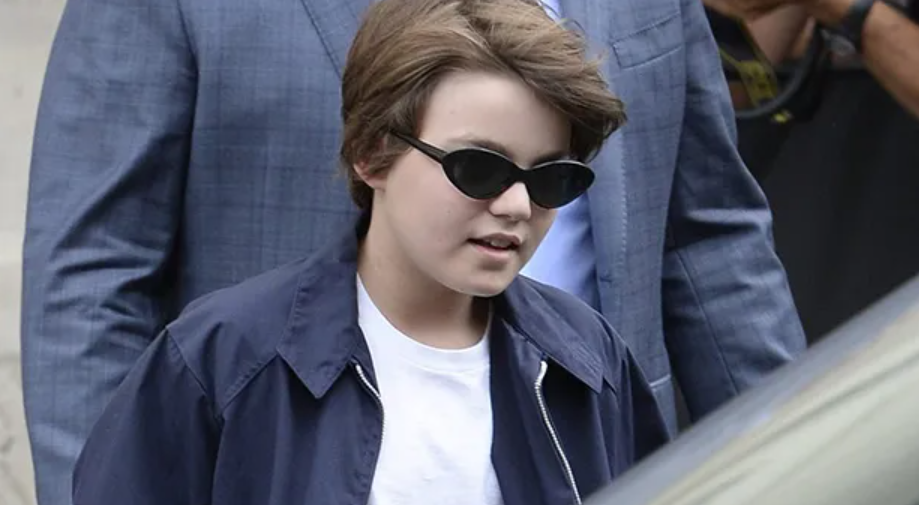
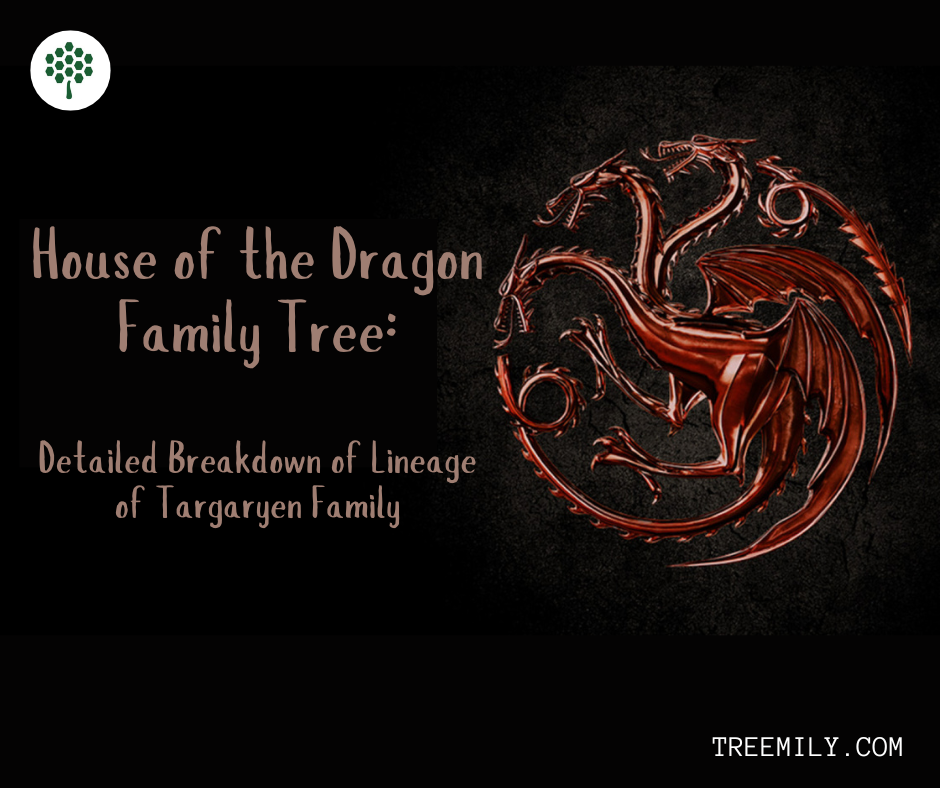
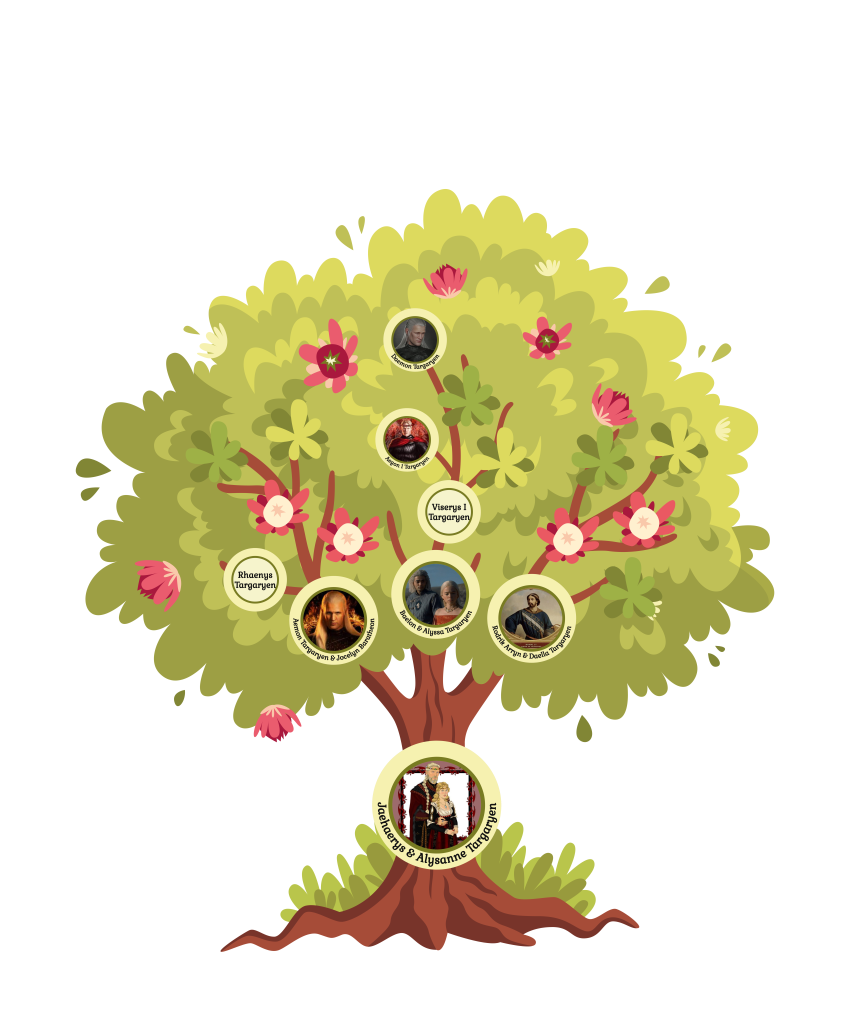
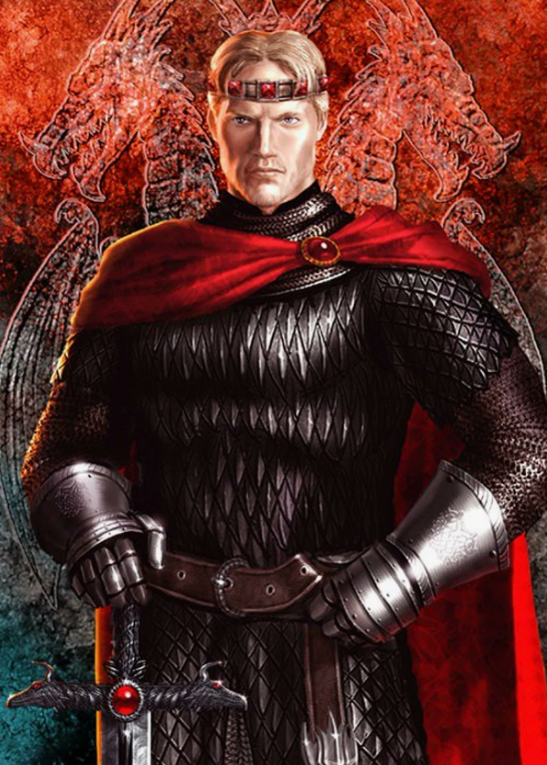



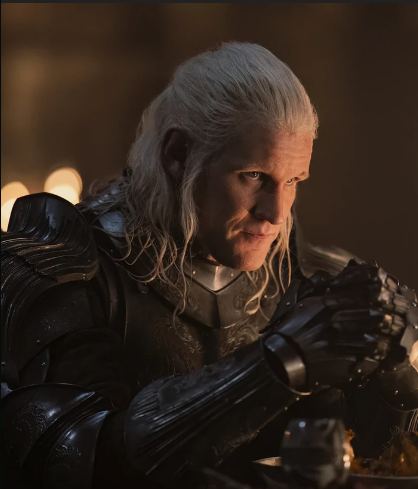
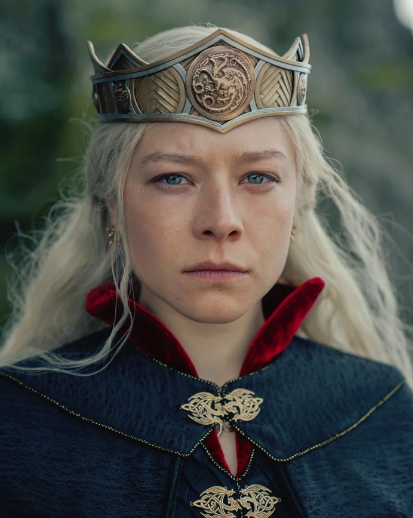
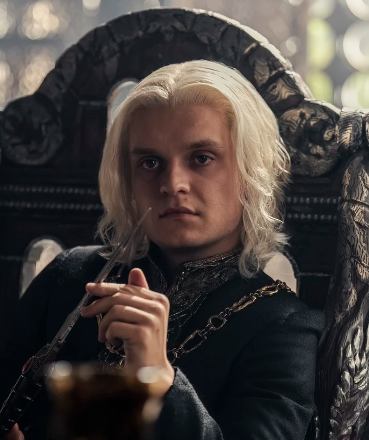
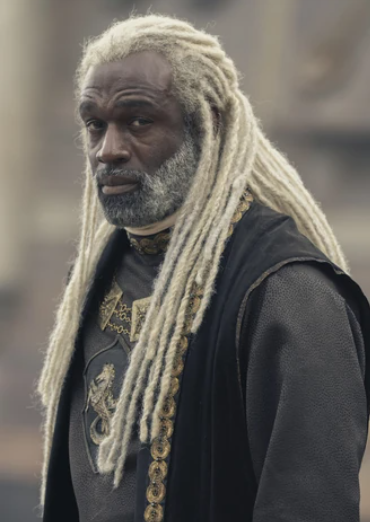
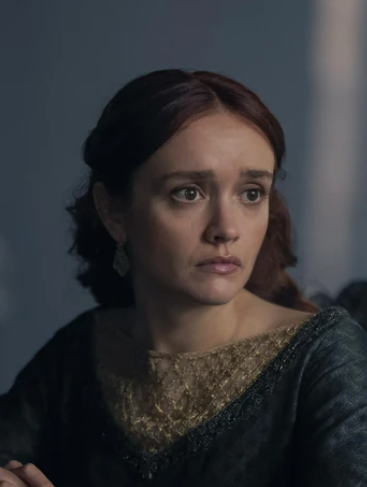



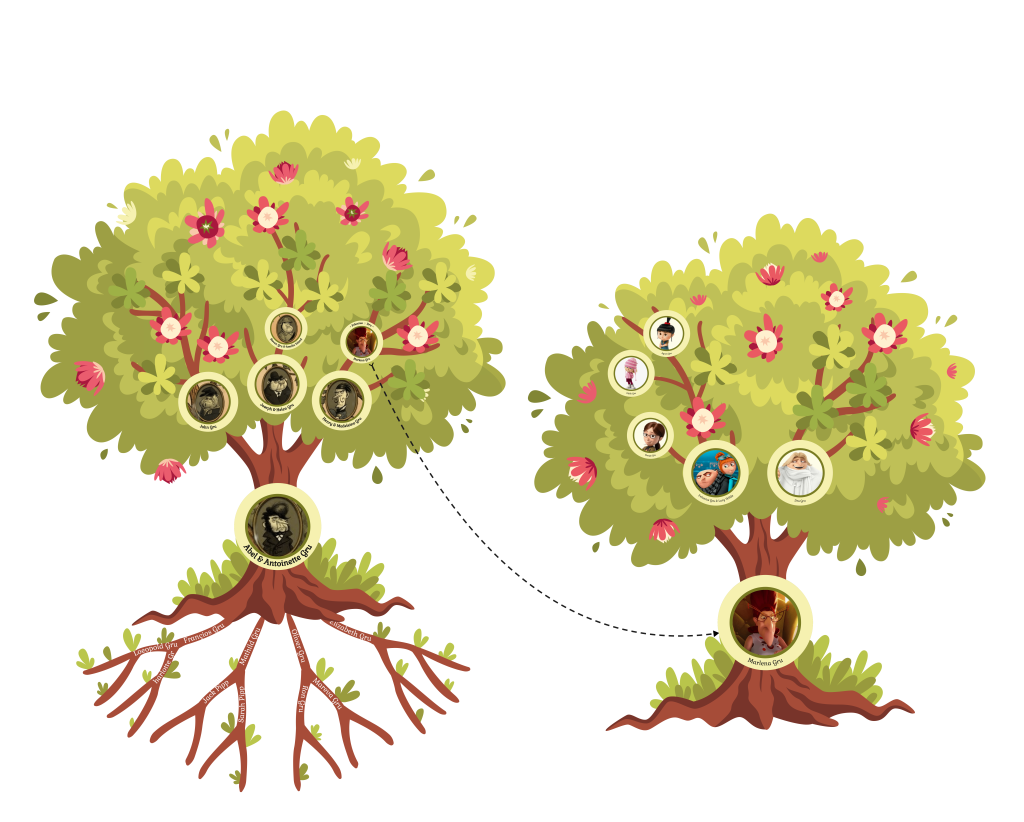
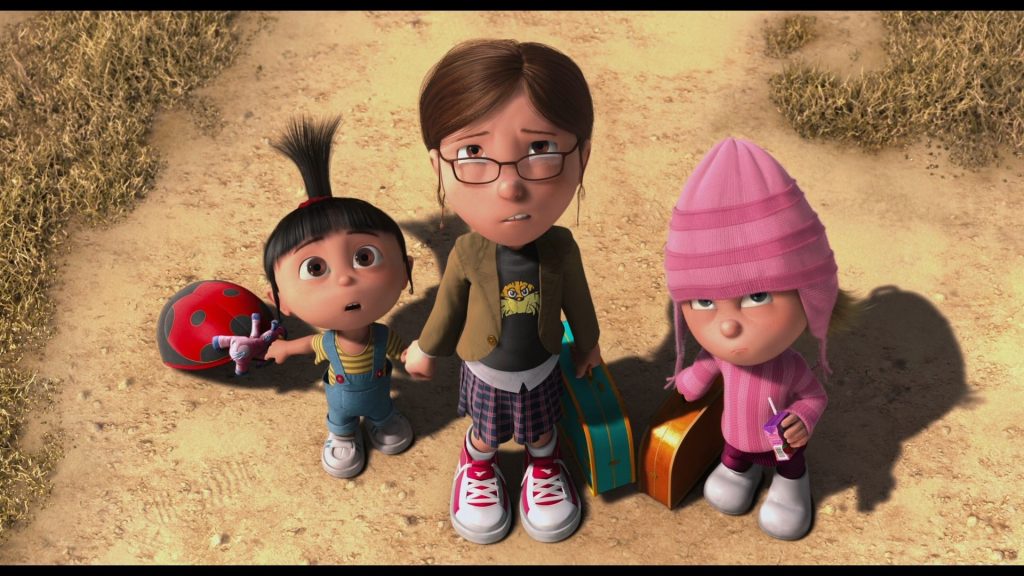
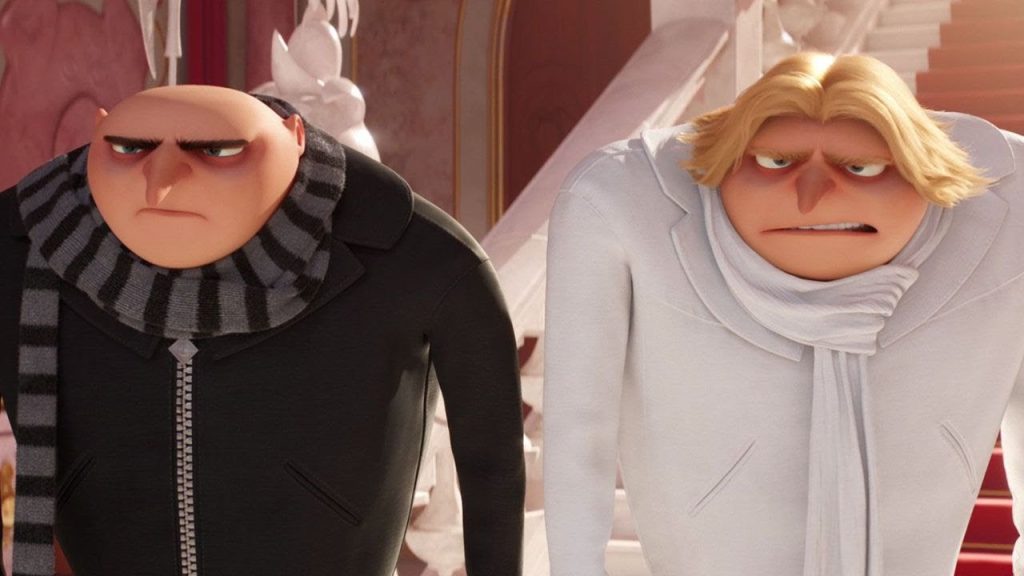

 Convening first in 1774, the Congress served as the central governing body for the colonies, uniting them in their resistance against British rule and ultimately leading them to declare independence. On June 7, 1776, Richard Henry Lee introduced a resolution declaring that the colonies “are, and of right ought to be, free and independent States.” This set the stage for the drafting of the Declaration of Independence.A committee was appointed to draft this historic document, consisting of Thomas Jefferson, John Adams, Benjamin Franklin, Roger Sherman, and Robert R. Livingston.
Convening first in 1774, the Congress served as the central governing body for the colonies, uniting them in their resistance against British rule and ultimately leading them to declare independence. On June 7, 1776, Richard Henry Lee introduced a resolution declaring that the colonies “are, and of right ought to be, free and independent States.” This set the stage for the drafting of the Declaration of Independence.A committee was appointed to draft this historic document, consisting of Thomas Jefferson, John Adams, Benjamin Franklin, Roger Sherman, and Robert R. Livingston. 